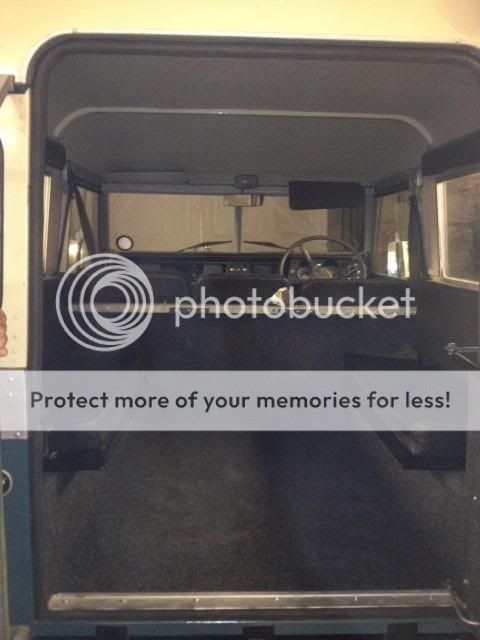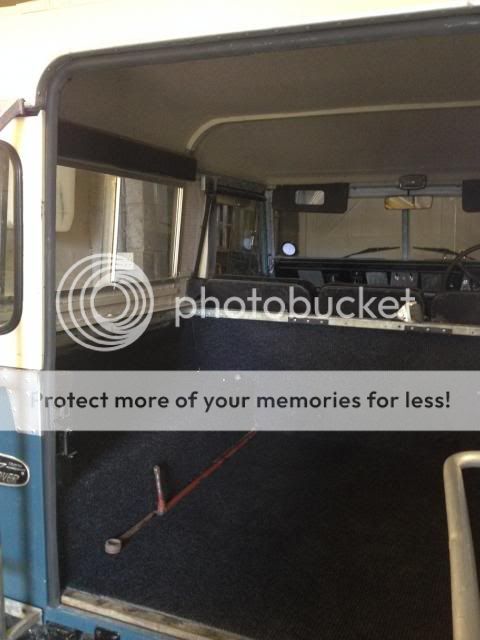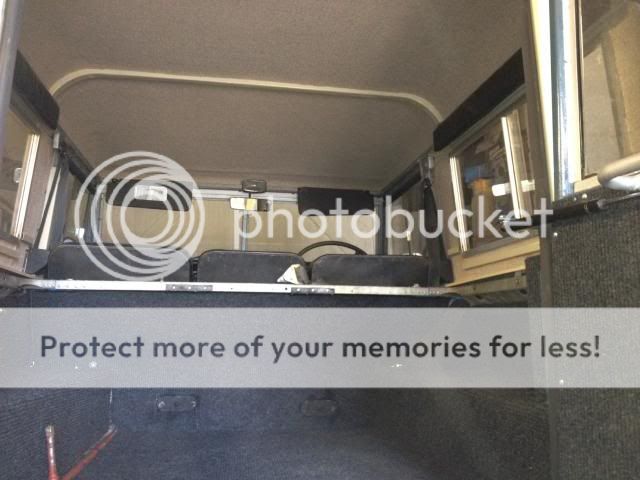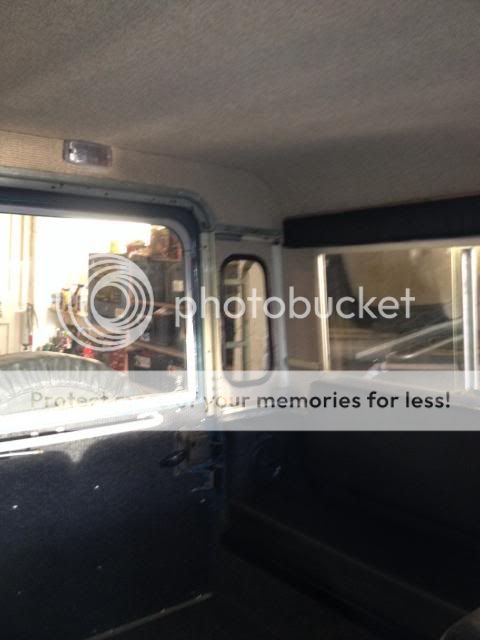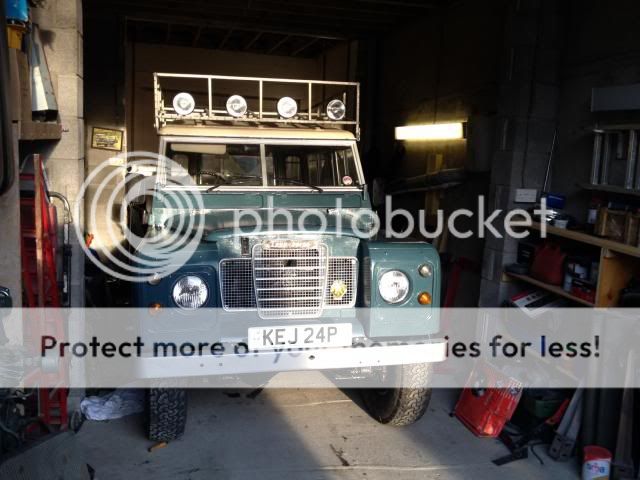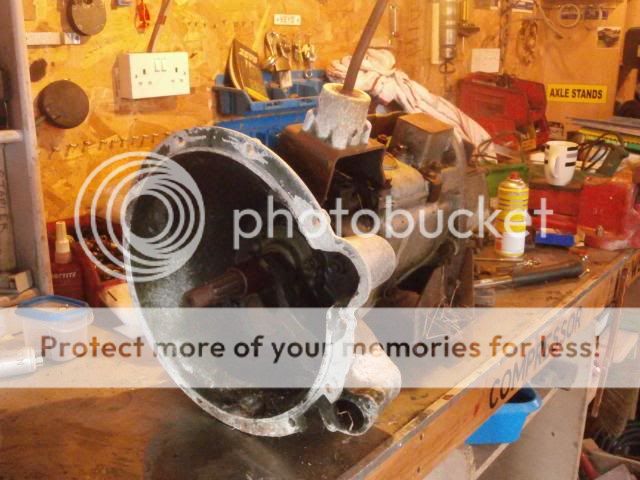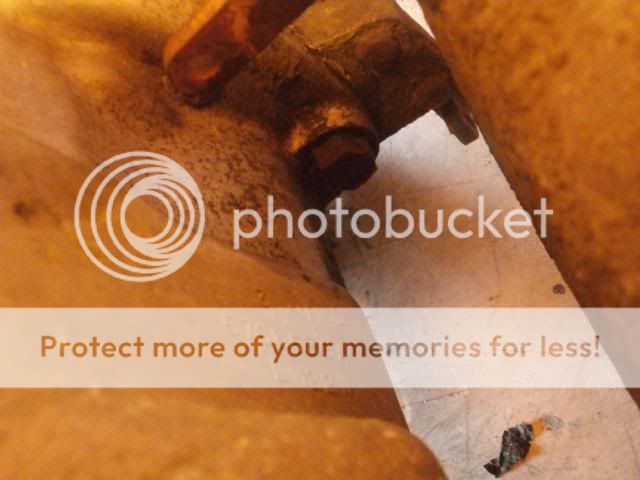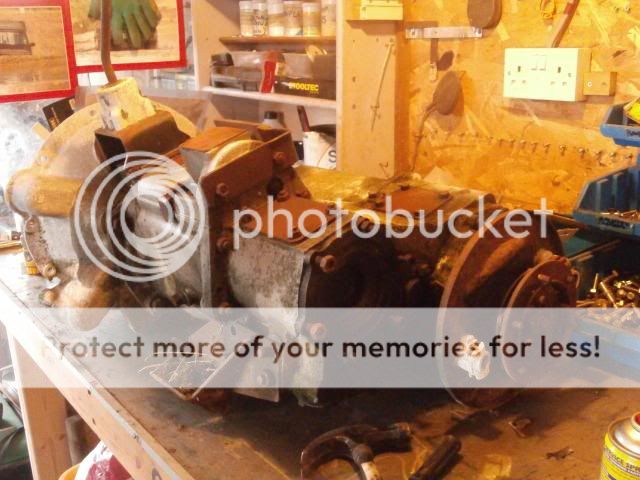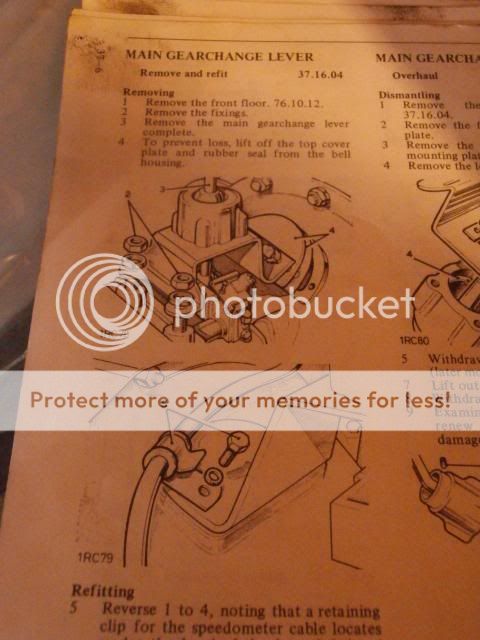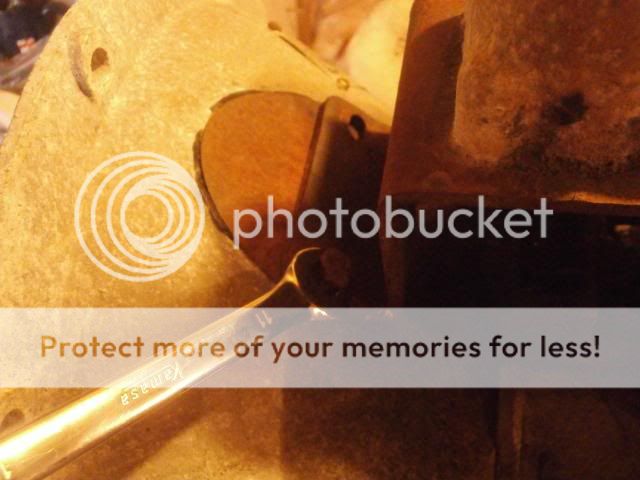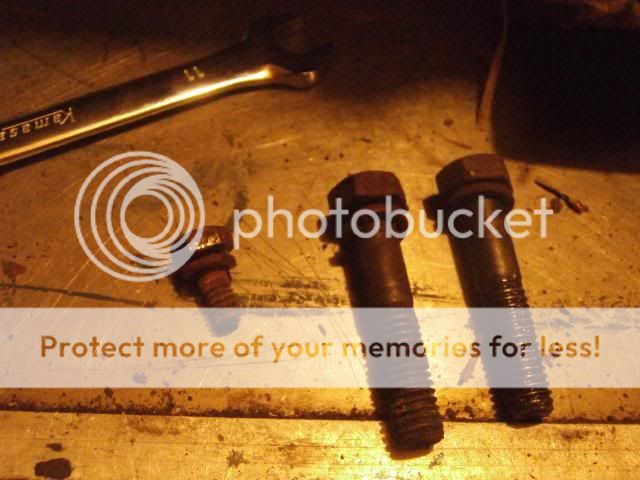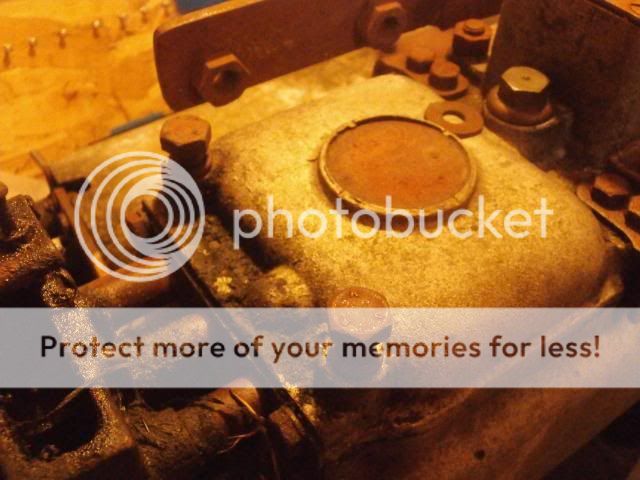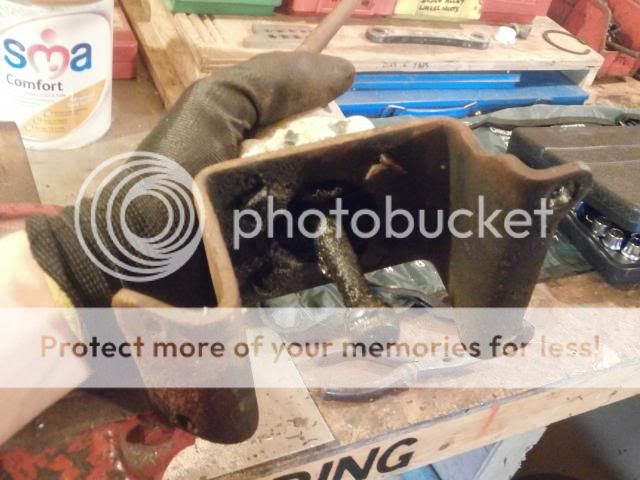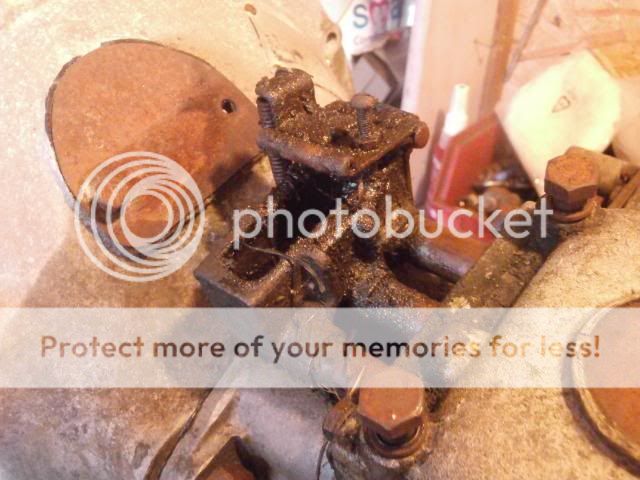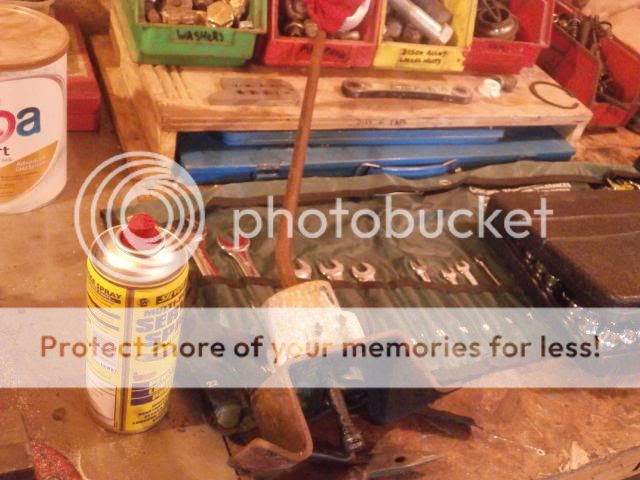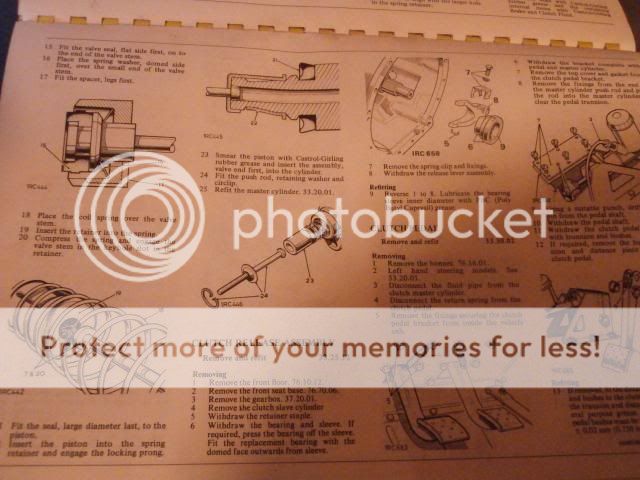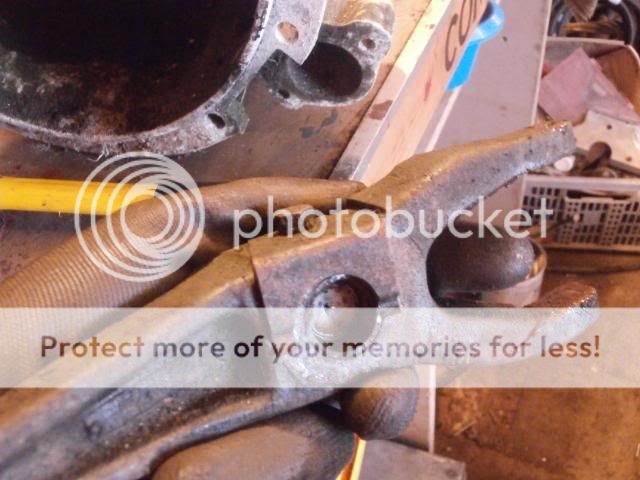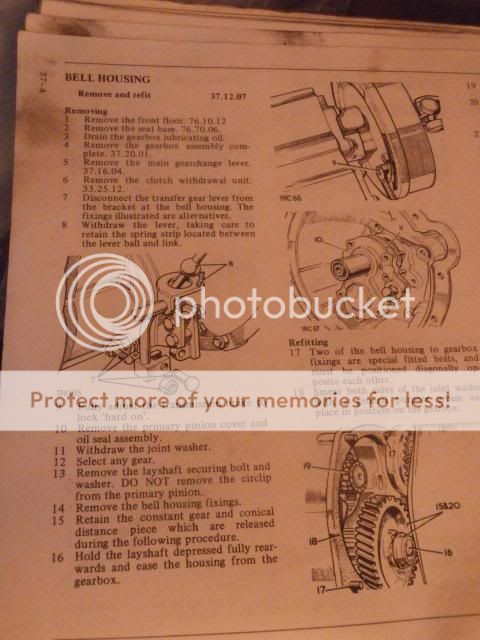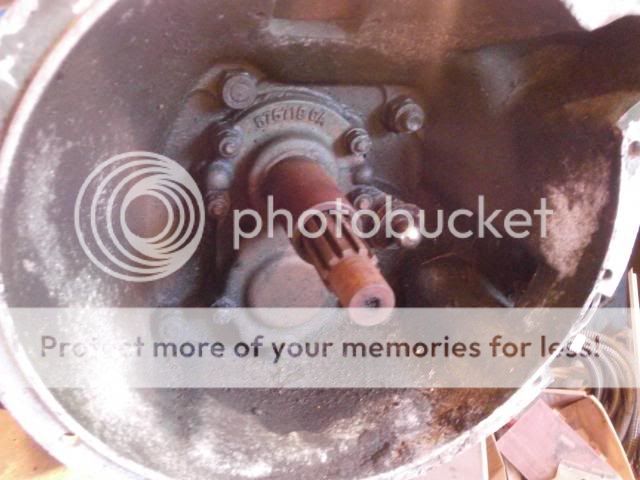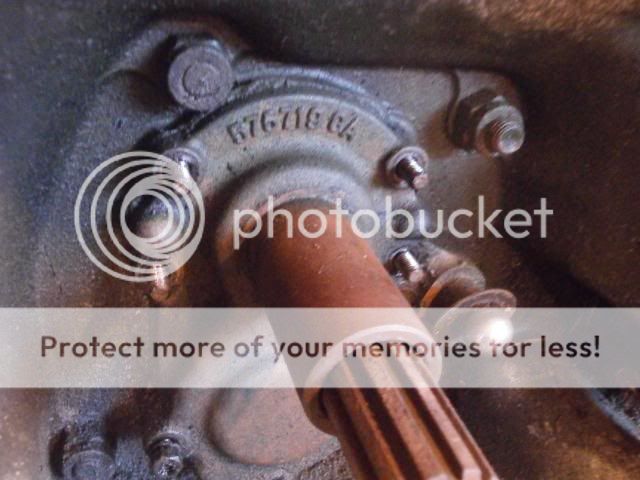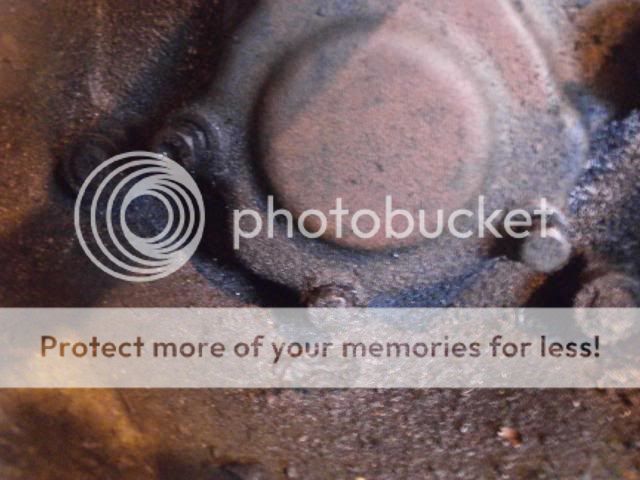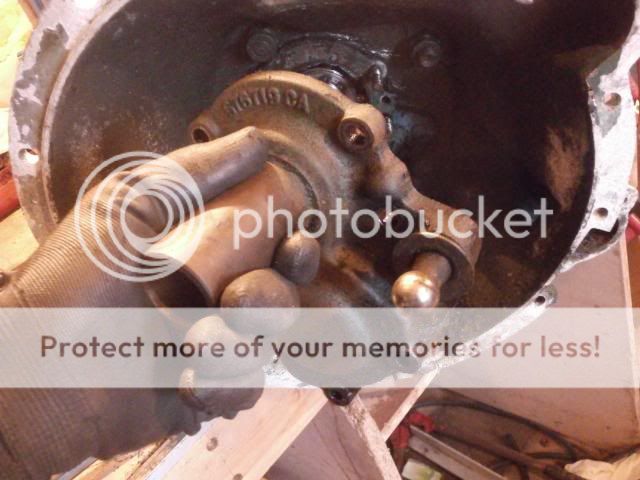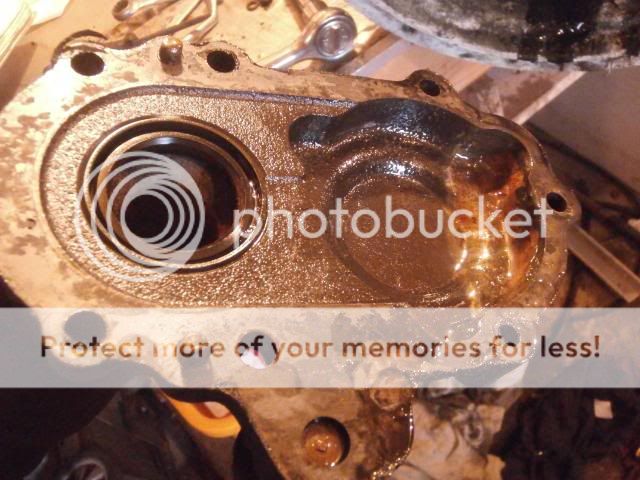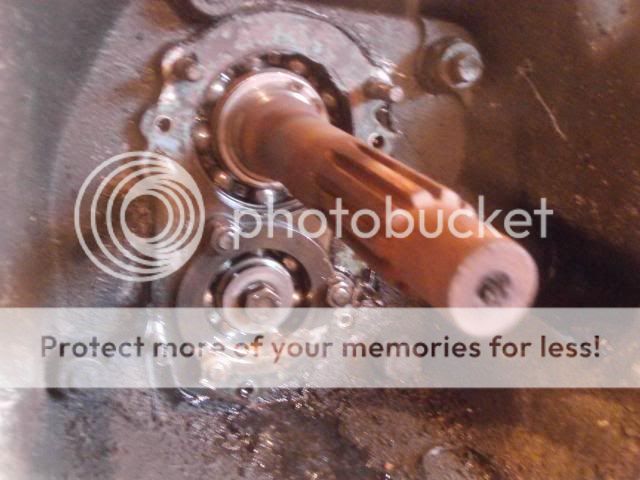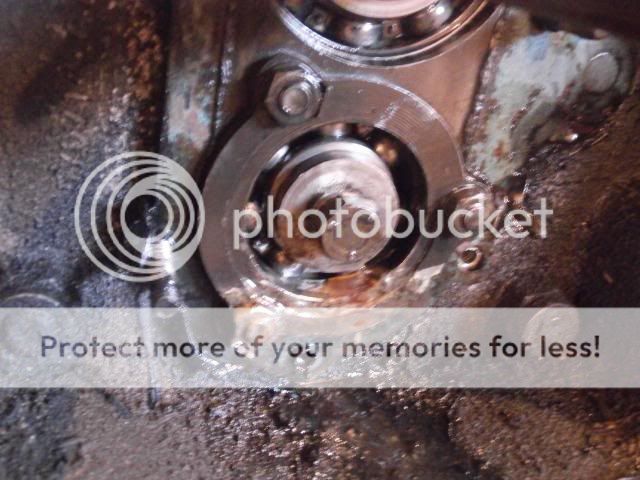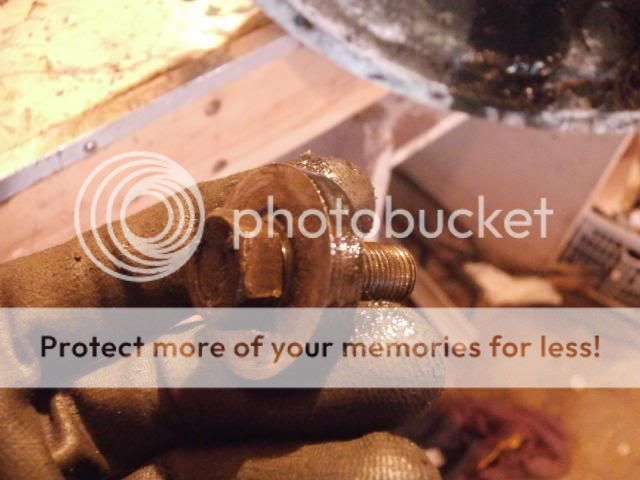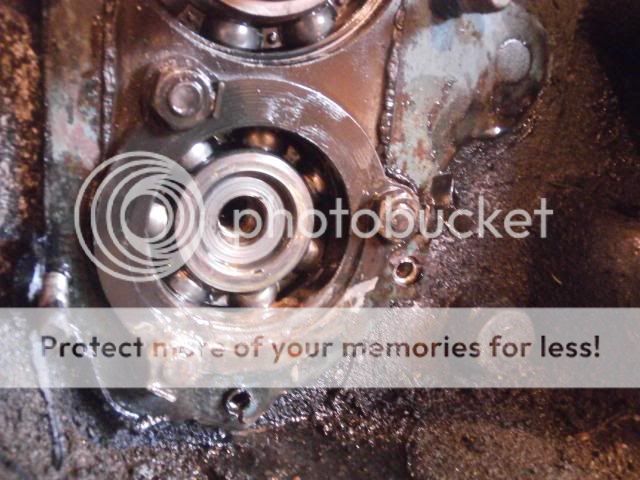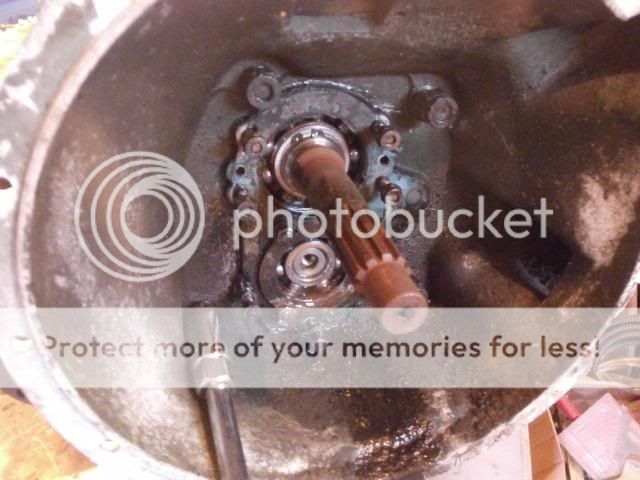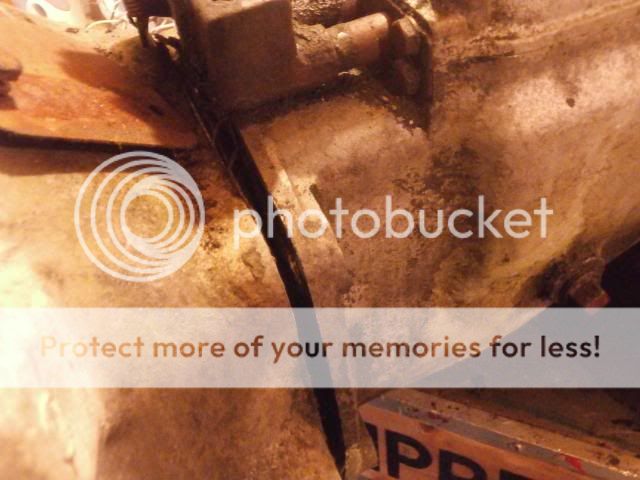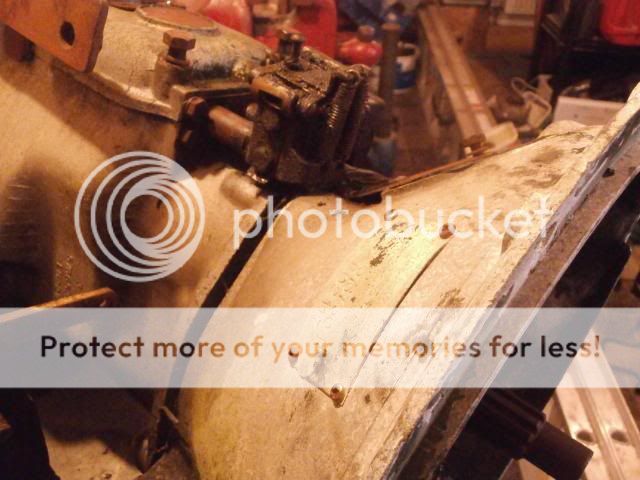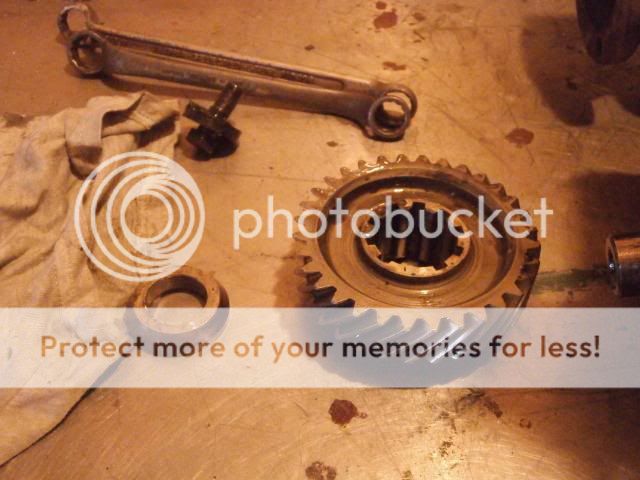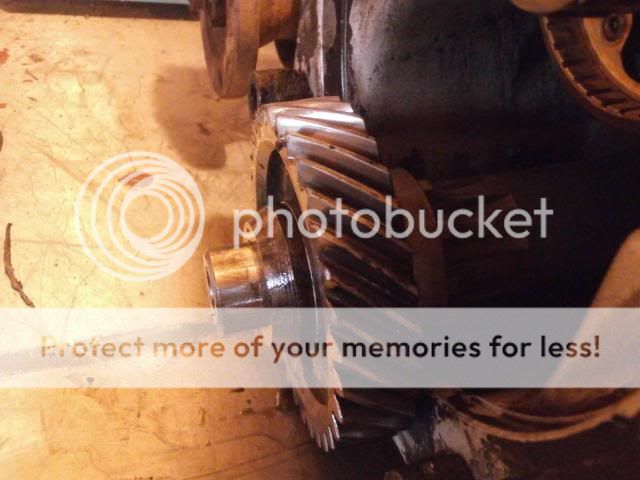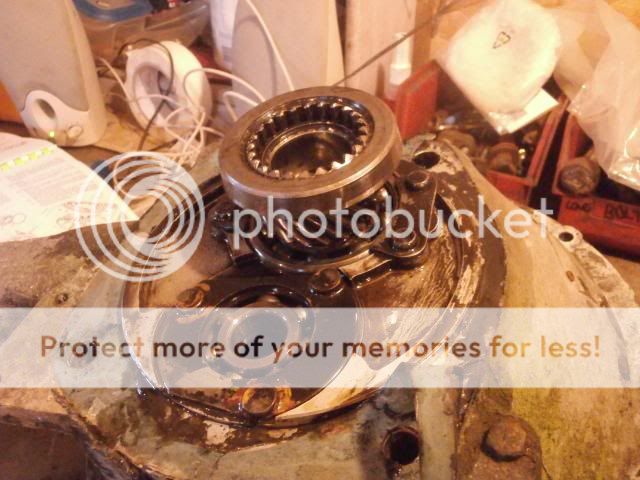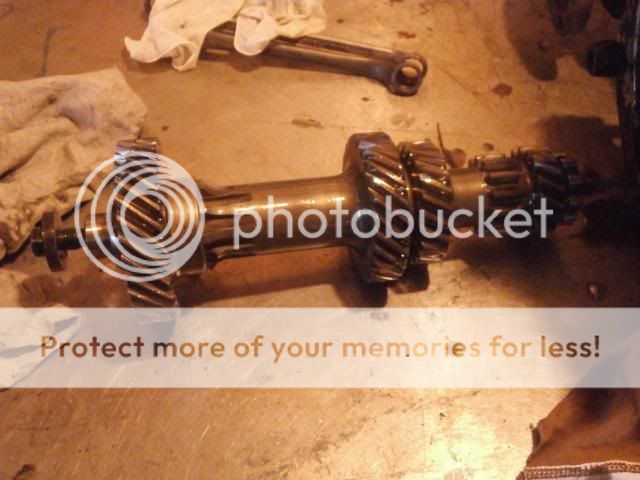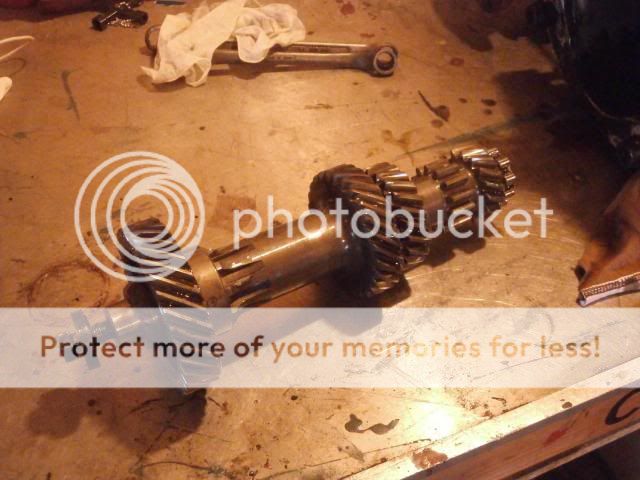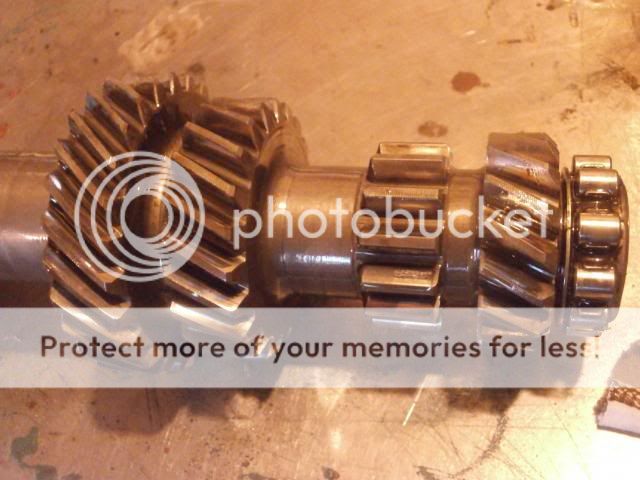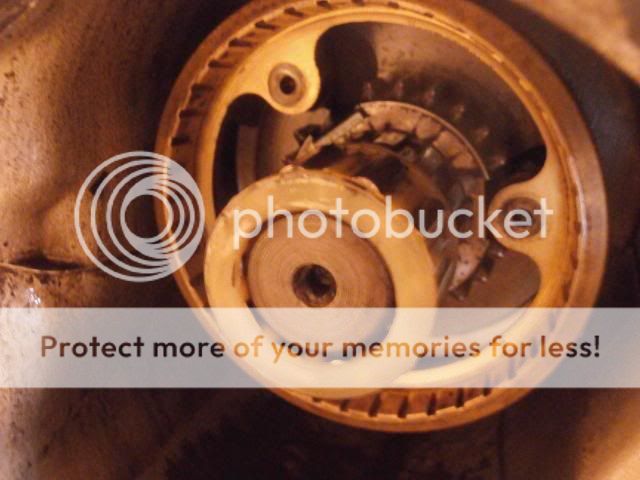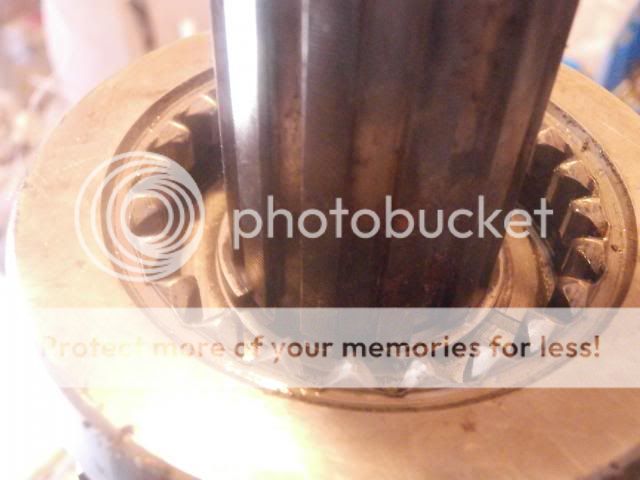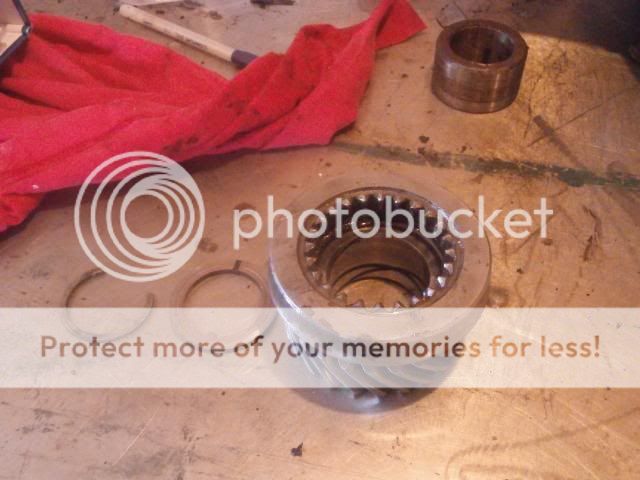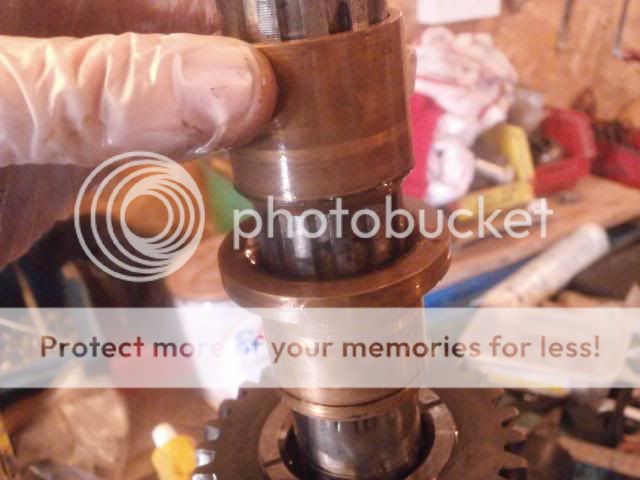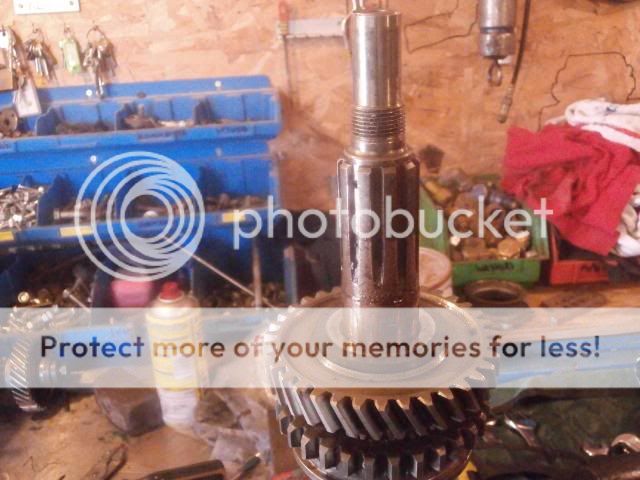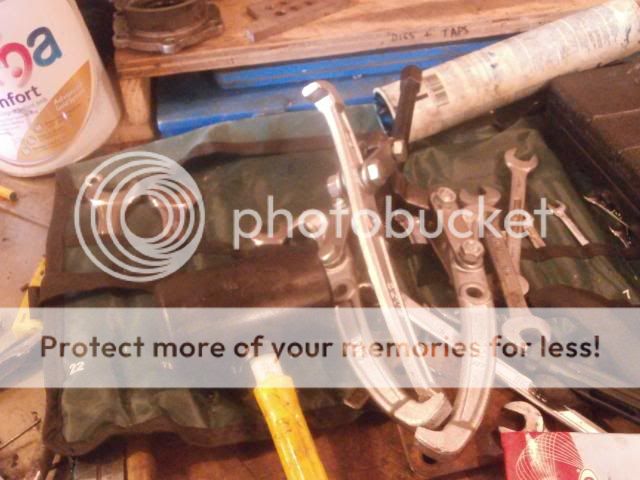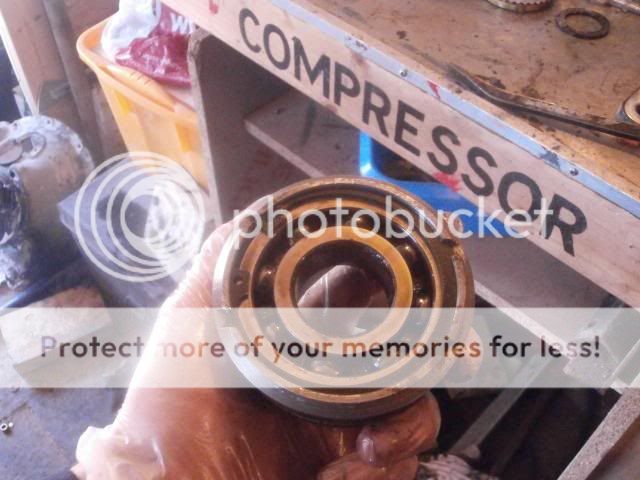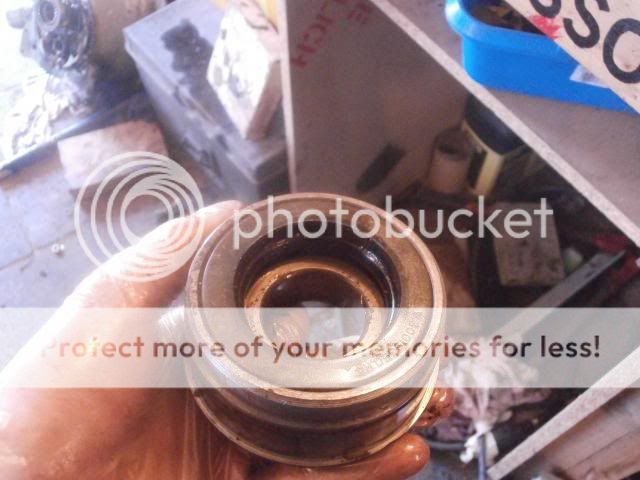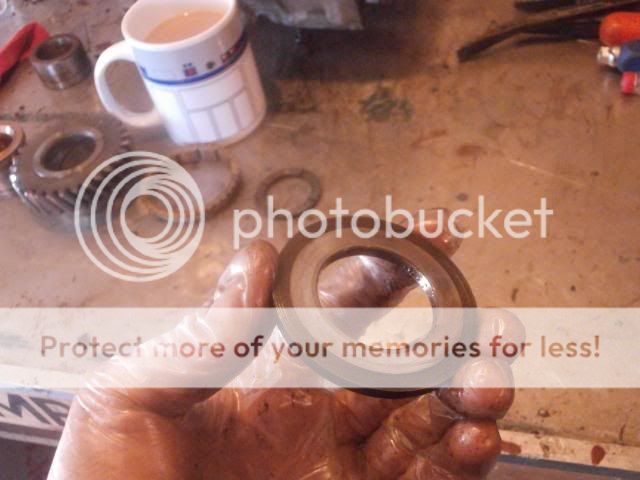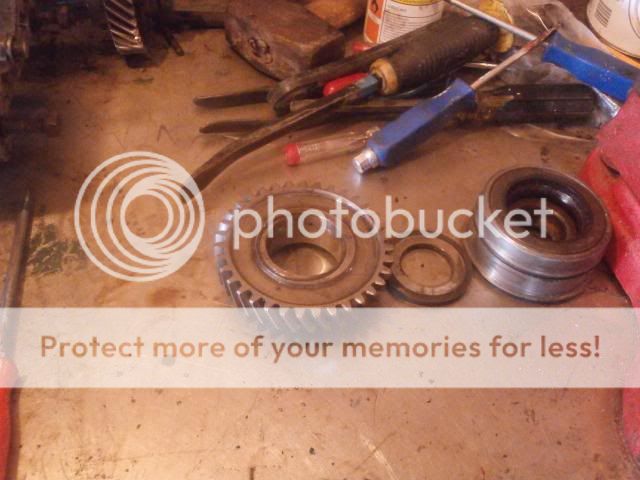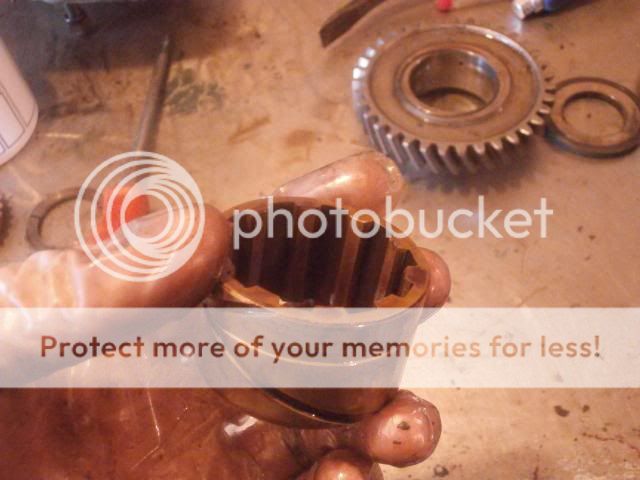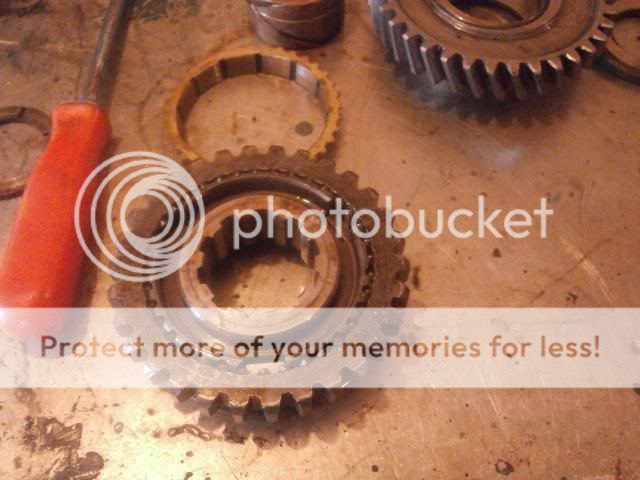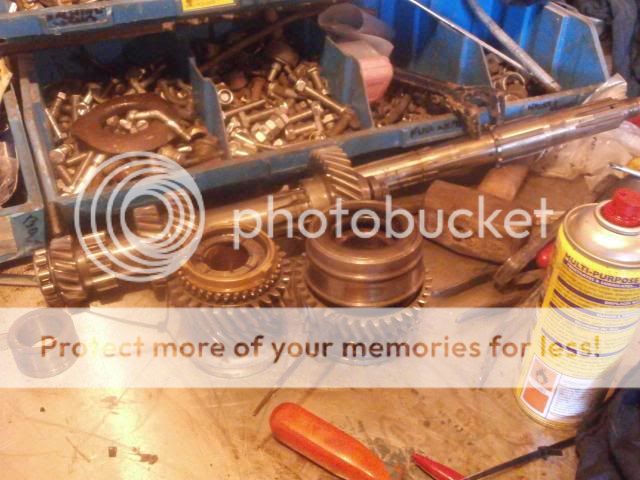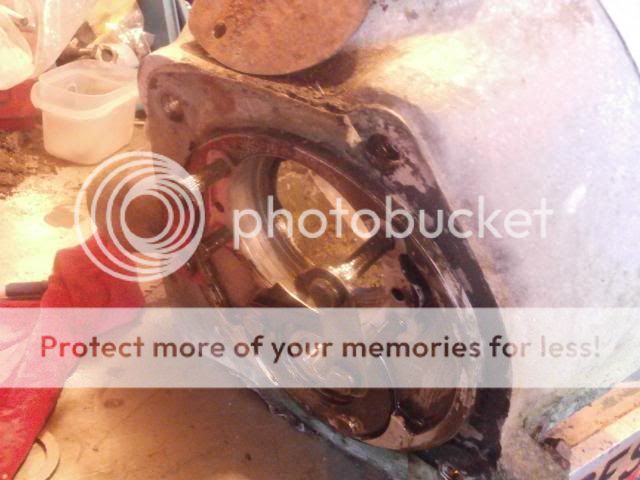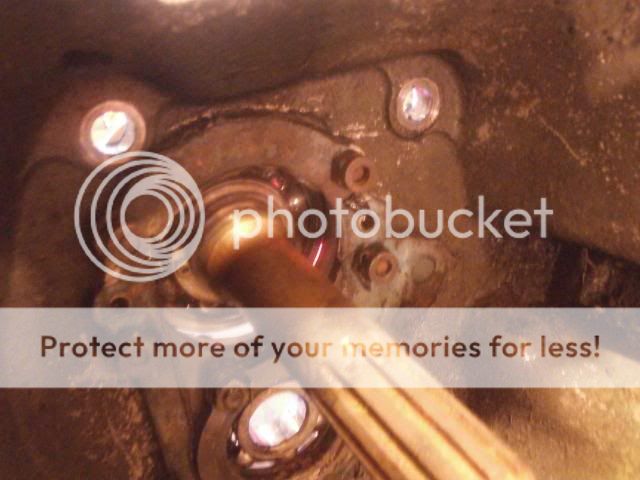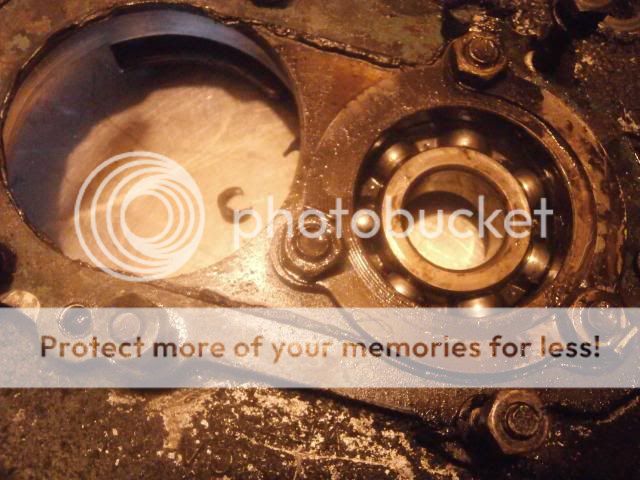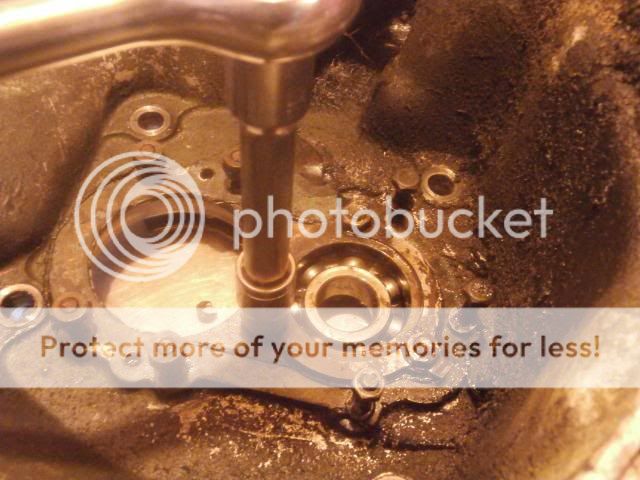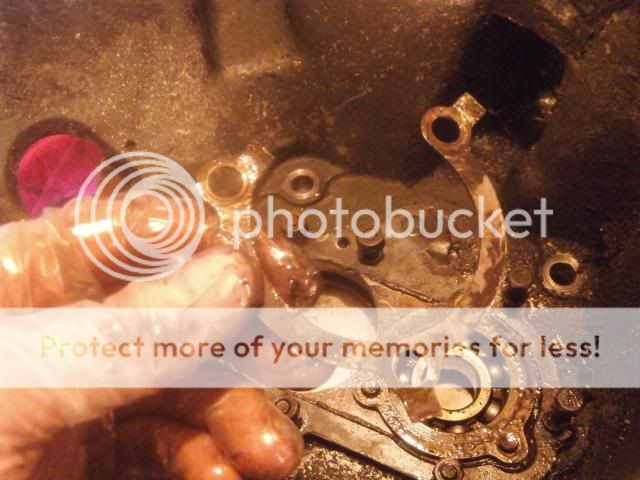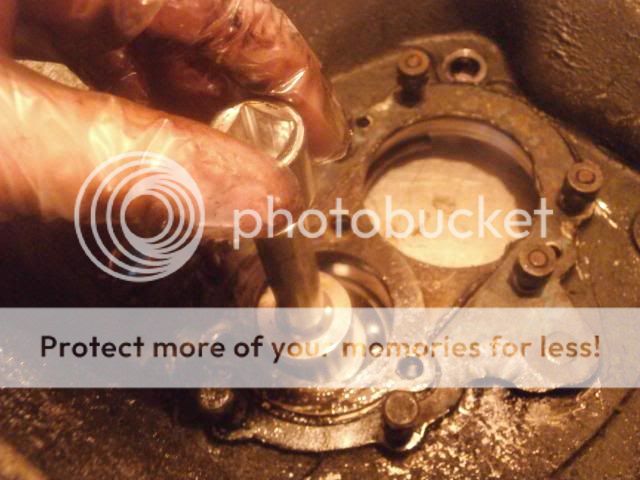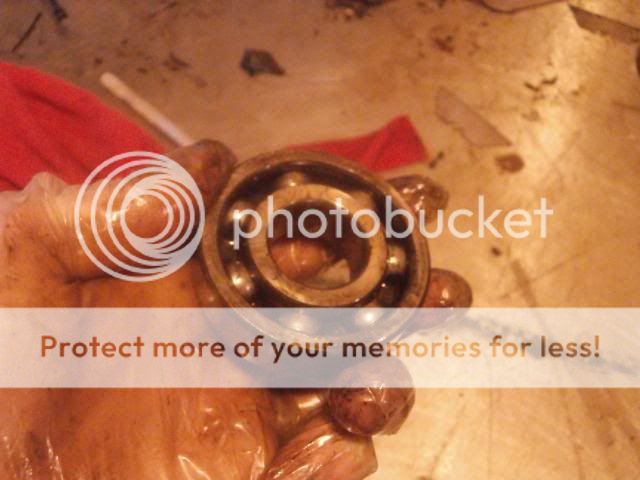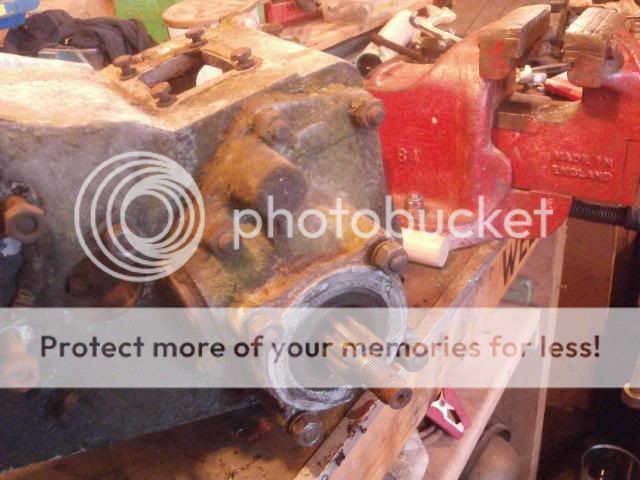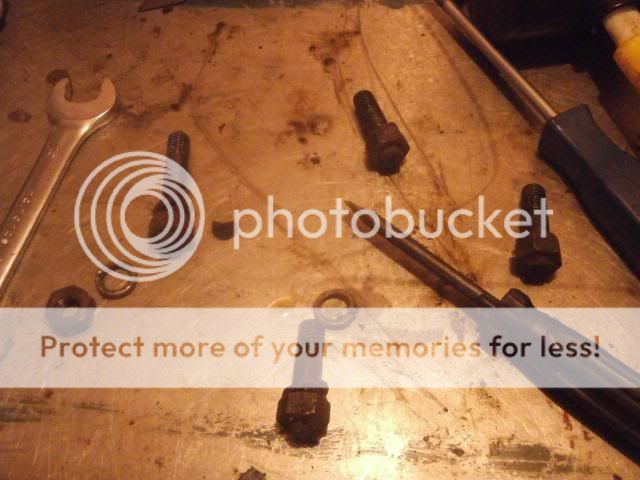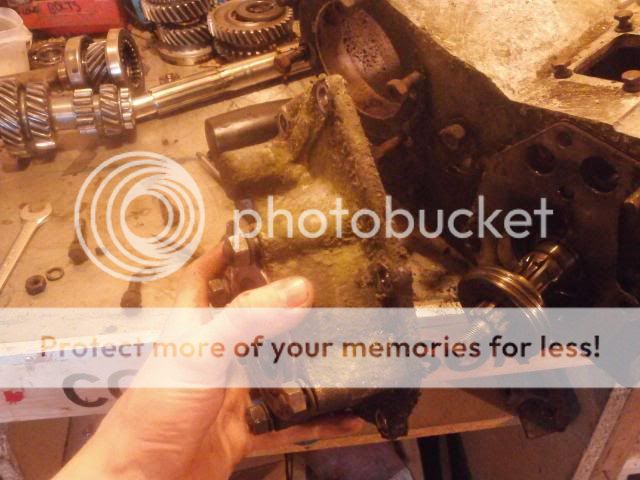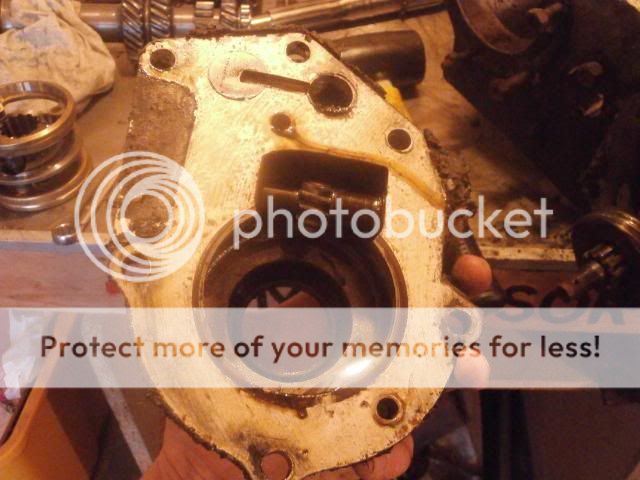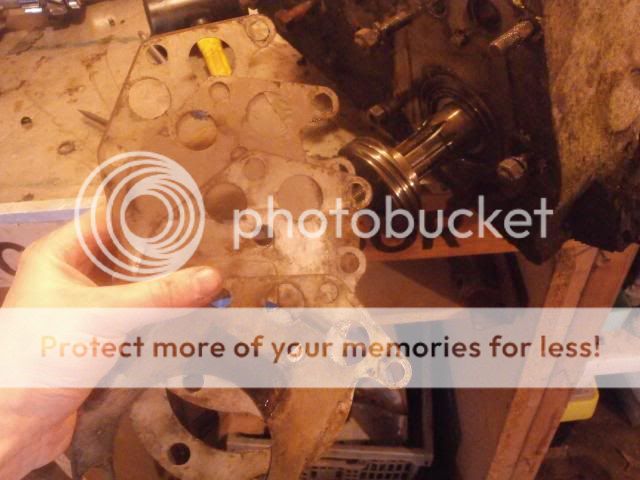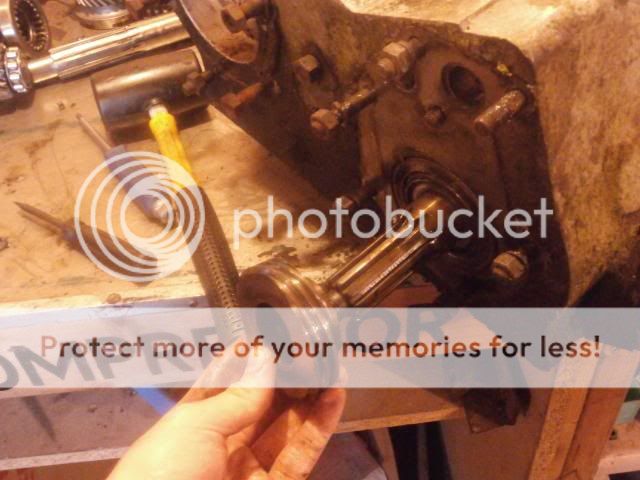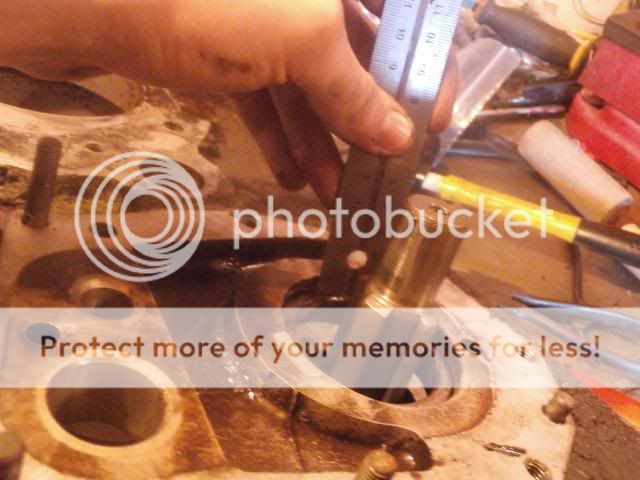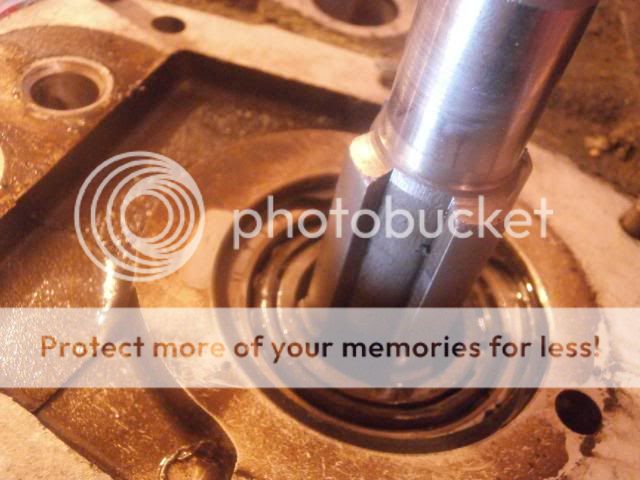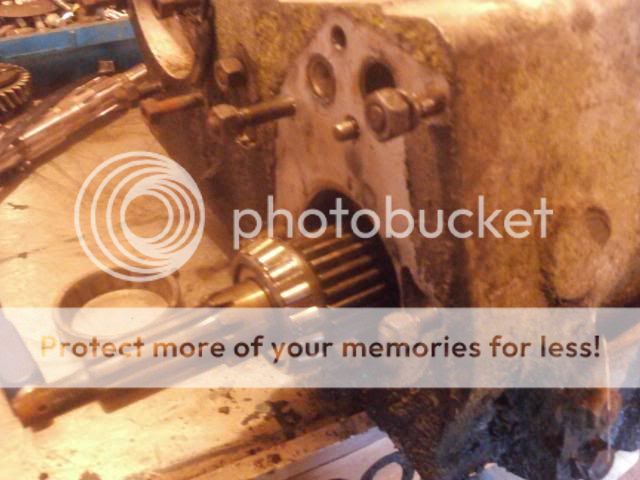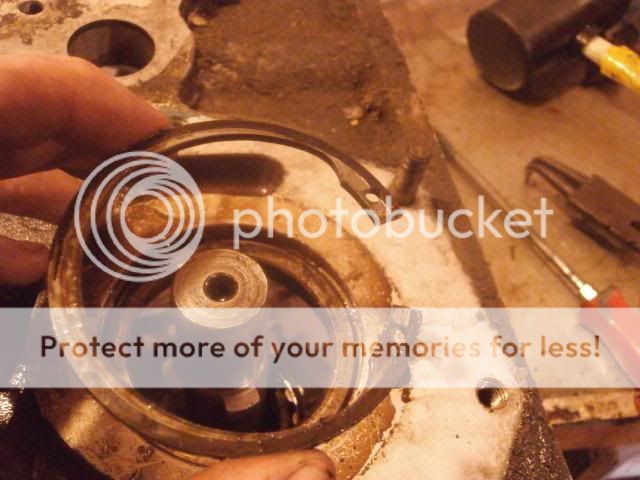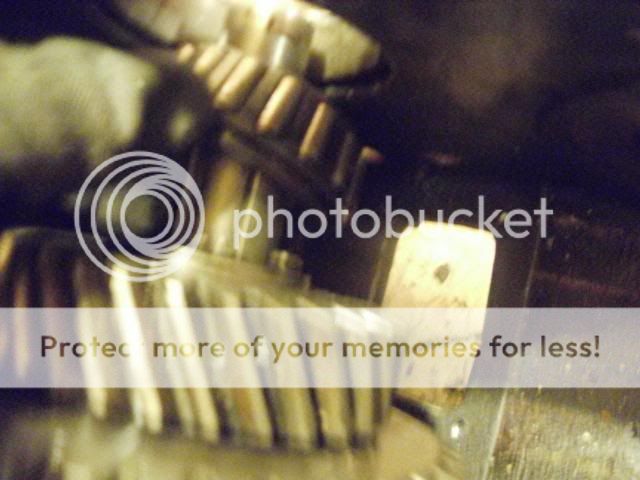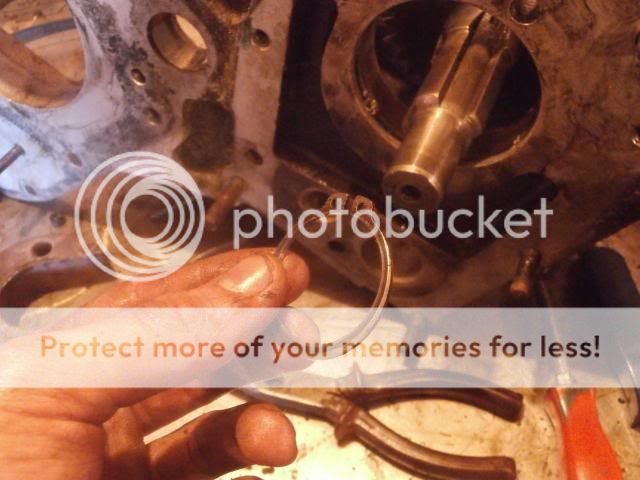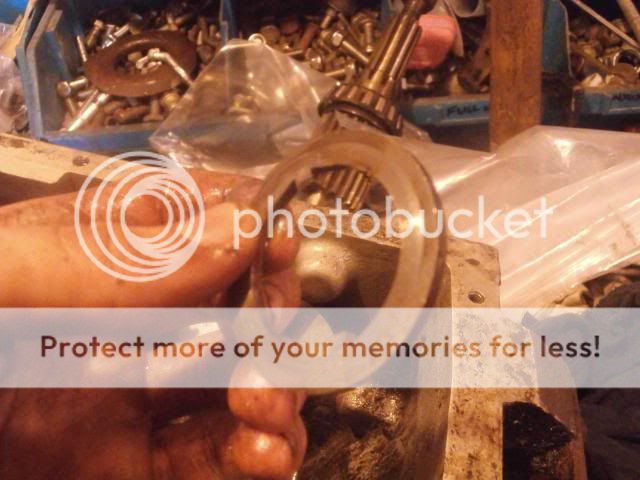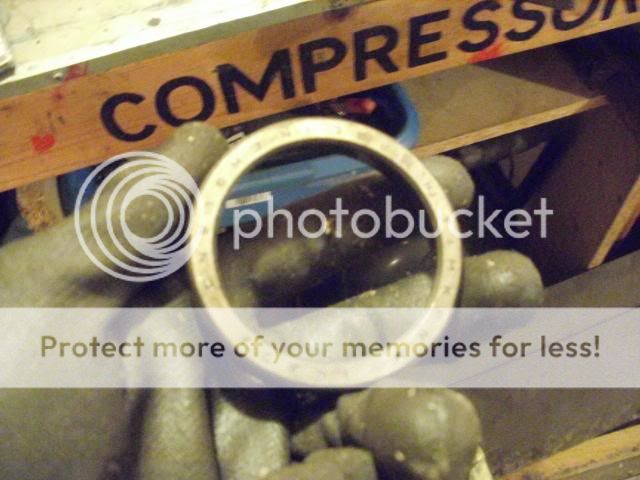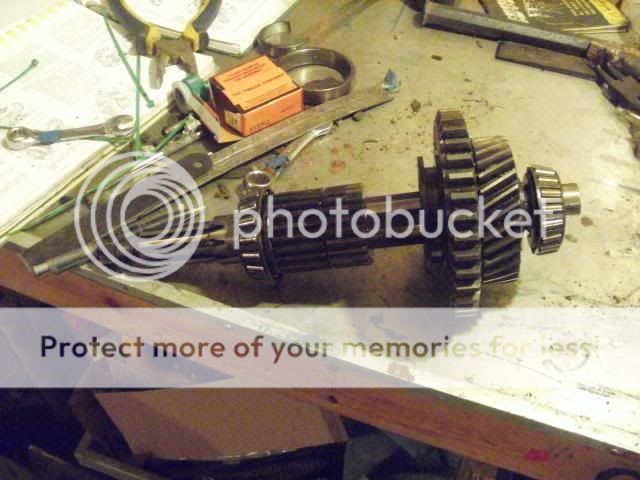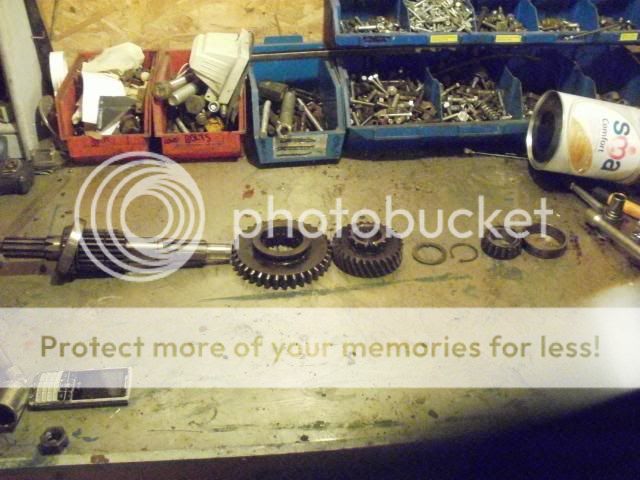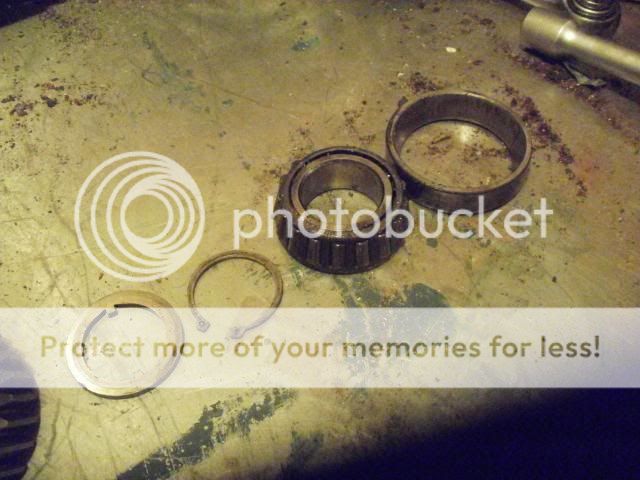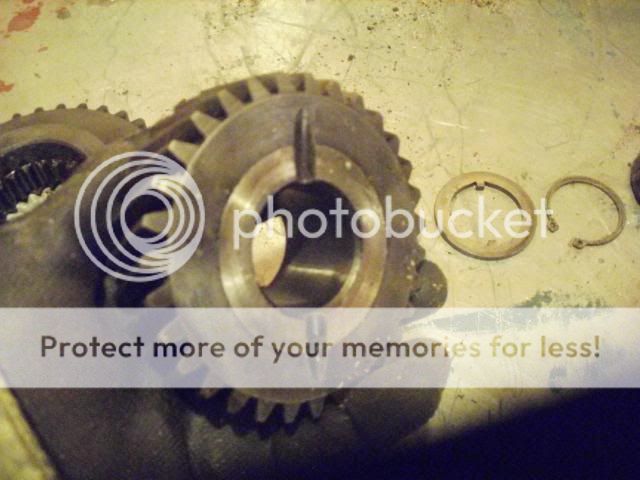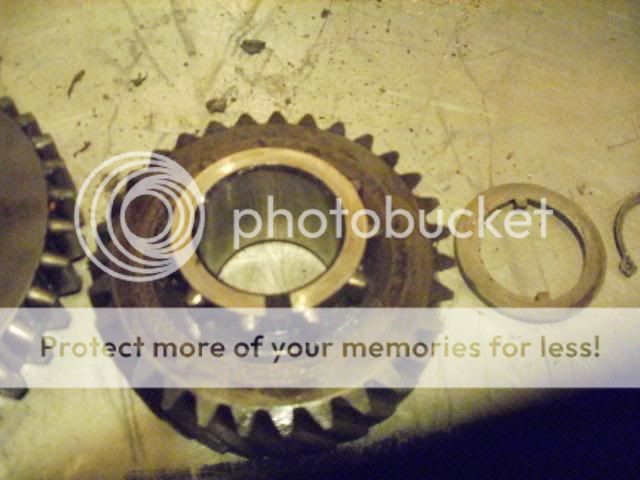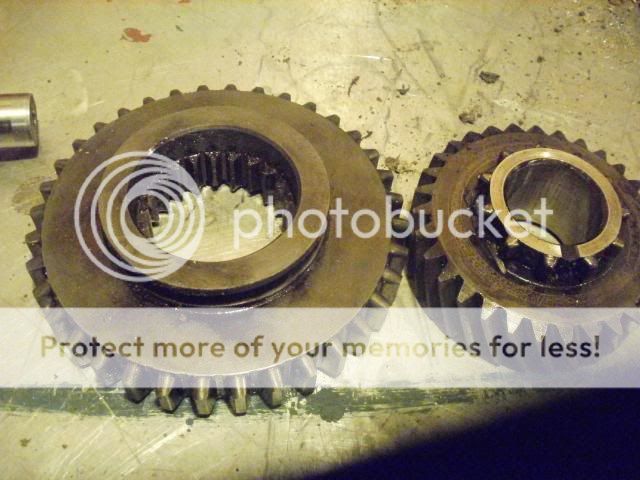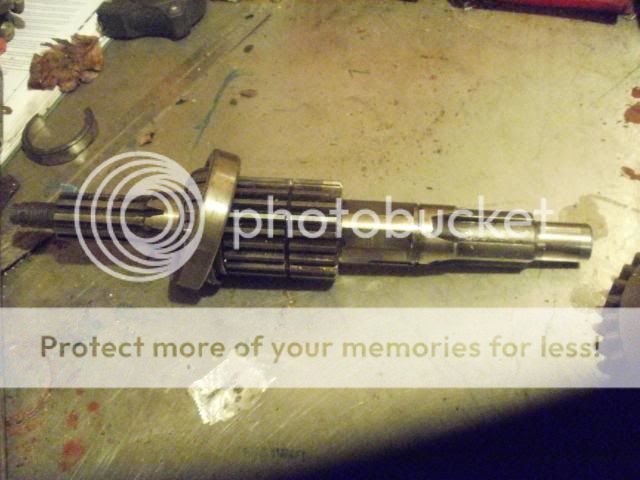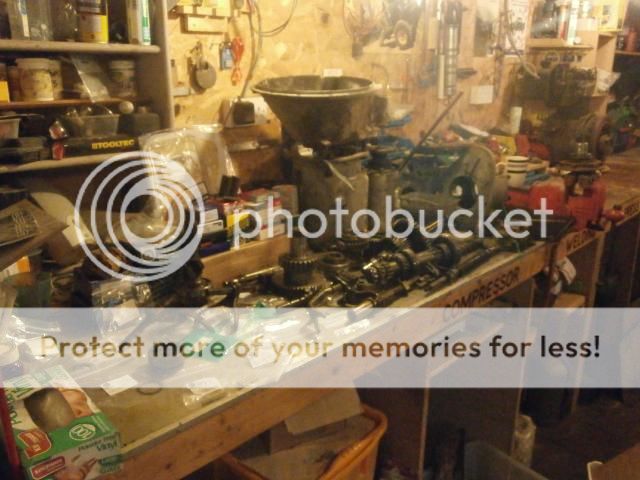Right then, onto the selectors.
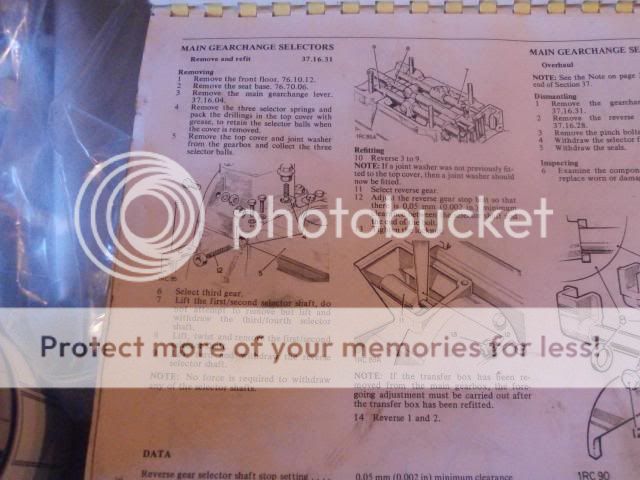
First I removed the reverse and 1st gear detent springs using an 11mm spanner
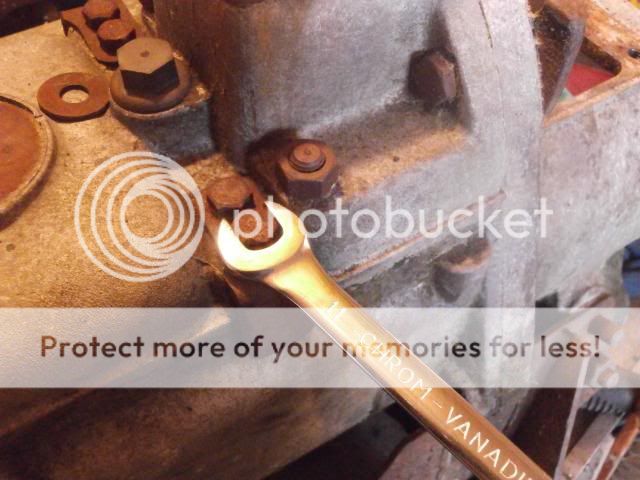
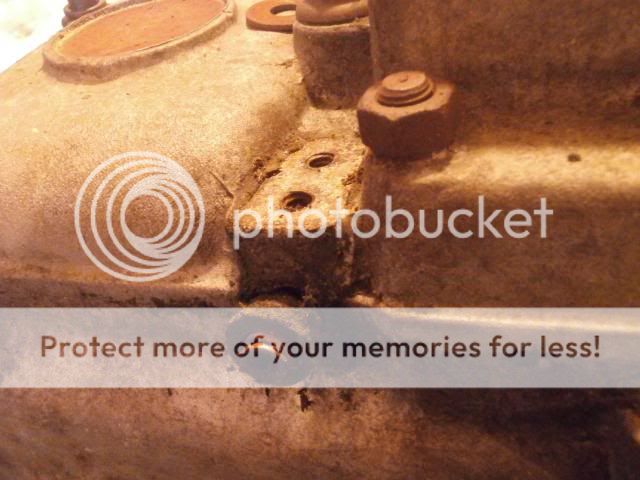
There is a seal between the spring and the bracket
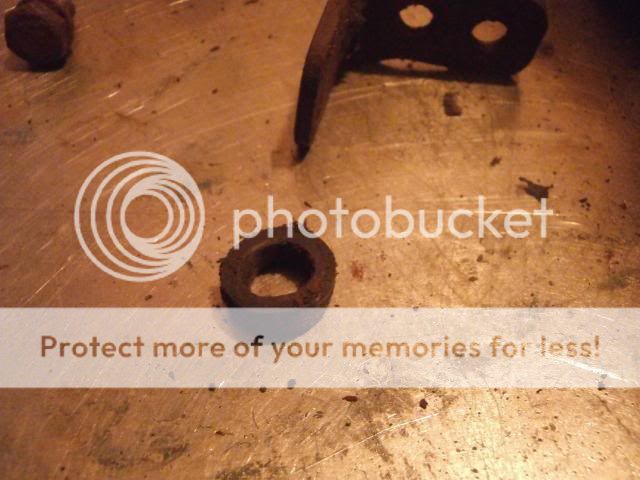
Next was the top detent spring for 3rd gear, which cmae off using a 5/16" Whitworth spanner
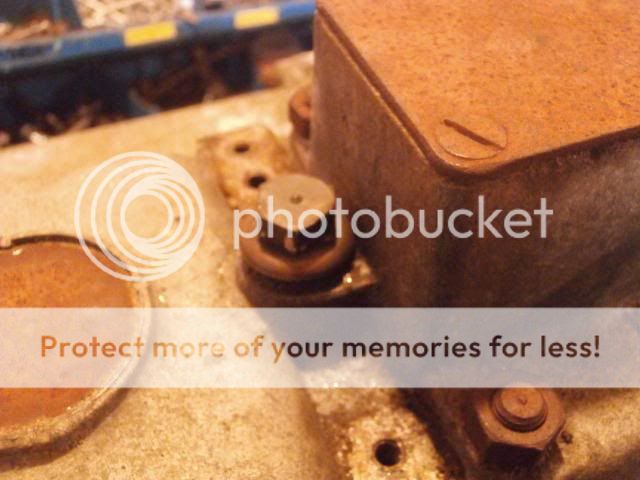
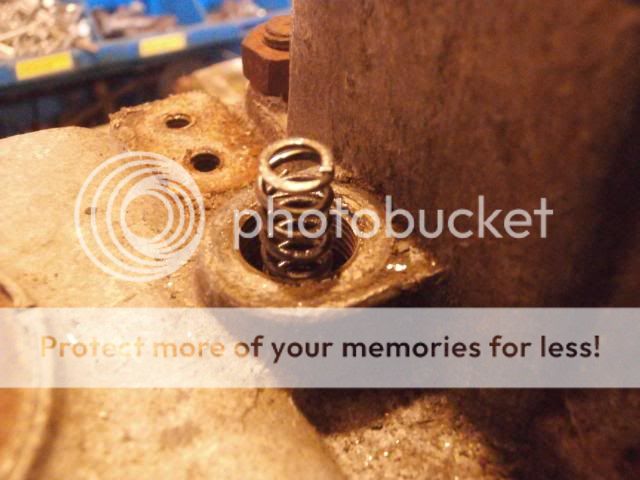
Before removing the top cover, I had to remove the overdrive bracket which had been fitted to this gearbox. The nuts and bolts came off with a 1/4" whitworth spanner and socket
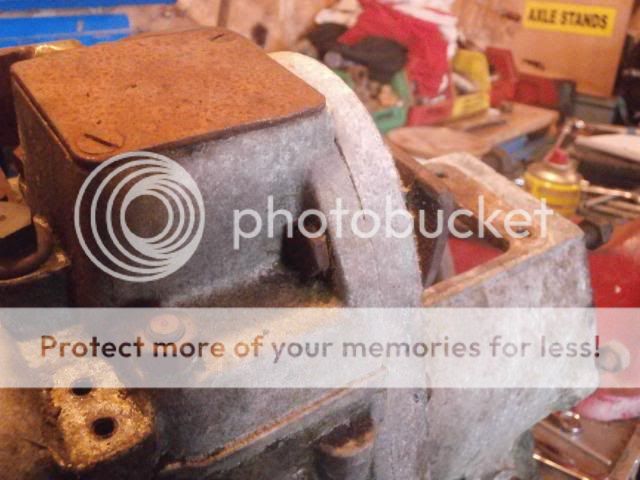

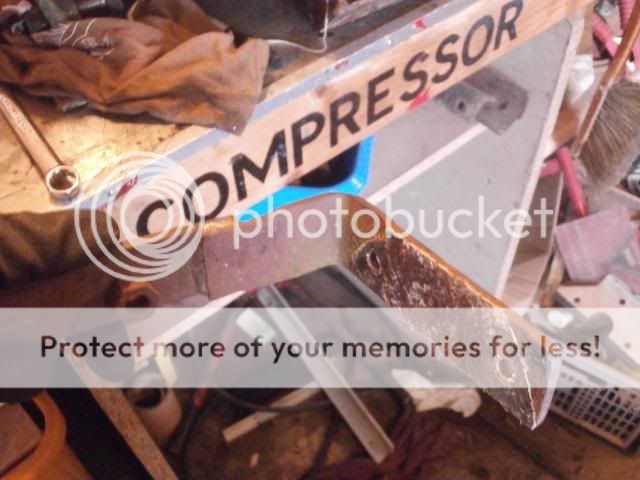
The 2 nuts also need to come off using a 5/16" whitworth socket/ spanner
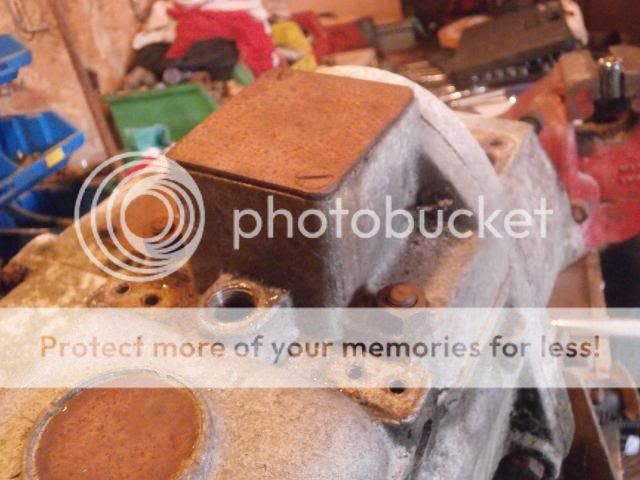
The stud came with the nut
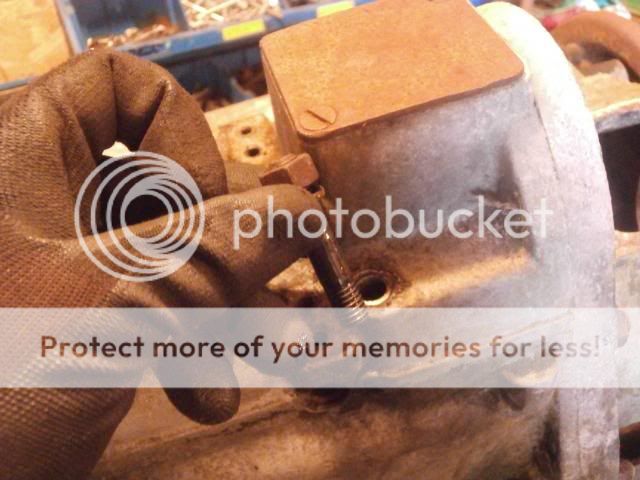
The cover can then be lifted off revealing the selector shafts. Be careful not to lose the 3 ball bearings that were under the detent springs
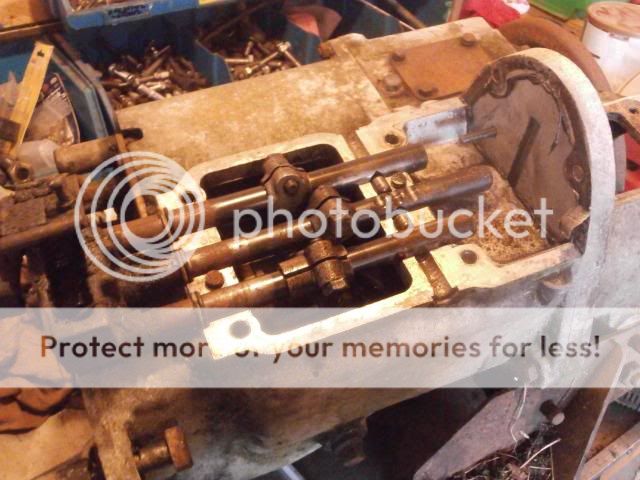
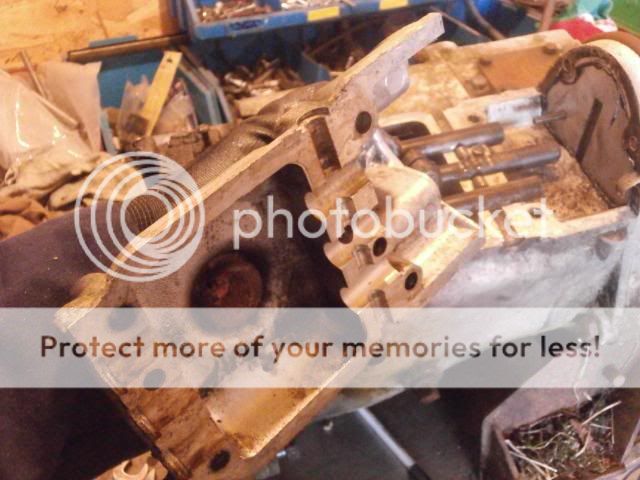
The detent spring assembly
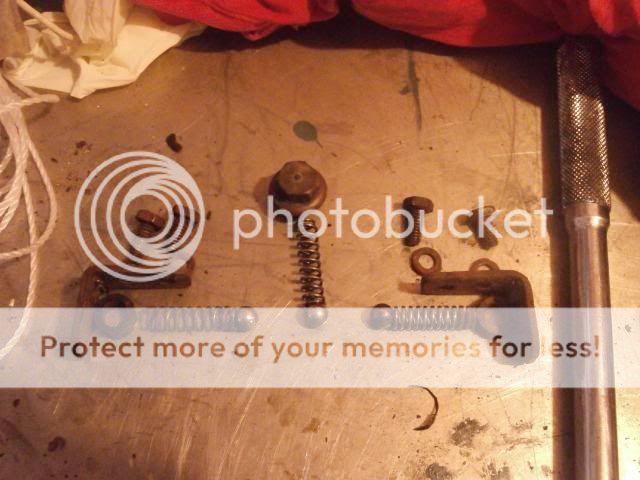
There are 2 small rollers on top of the main casing, be careful not to lose these
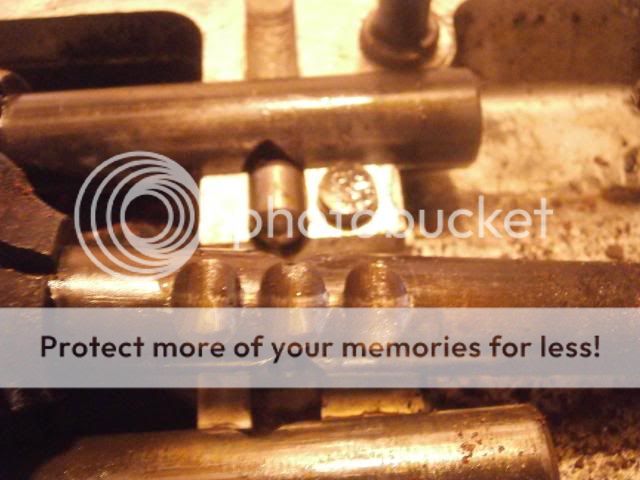
Select third gear and the selector shafts can then be lifted out. Its a bit fiddly to do this with the shafts in place but they do come out. First out is the reverse shaft
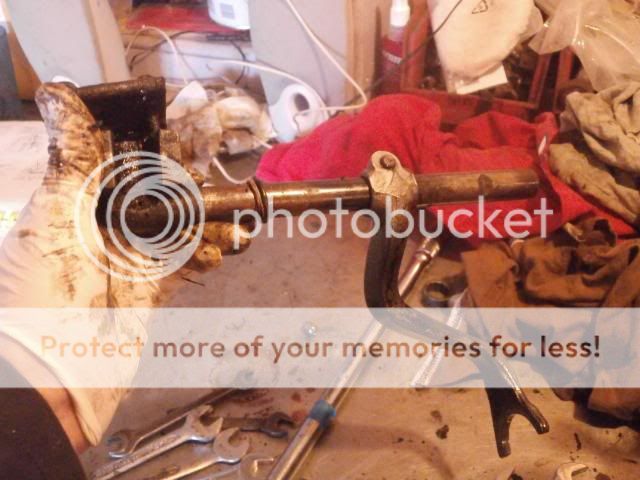
Then the 3rd/4th shaft
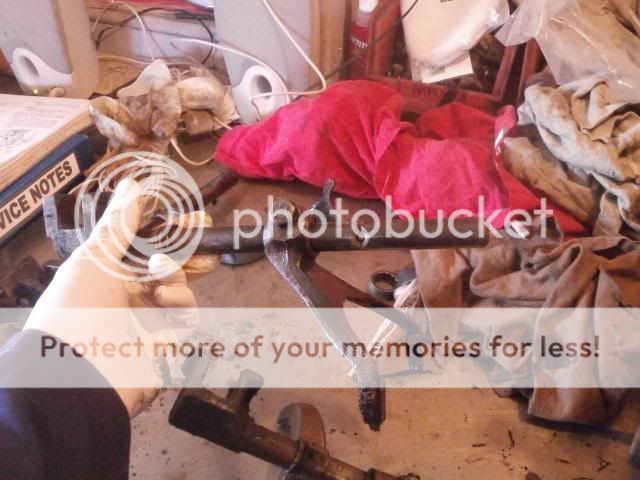
This has a small pin along the shaft, be careful it doesnt drop out or you'll never find it again
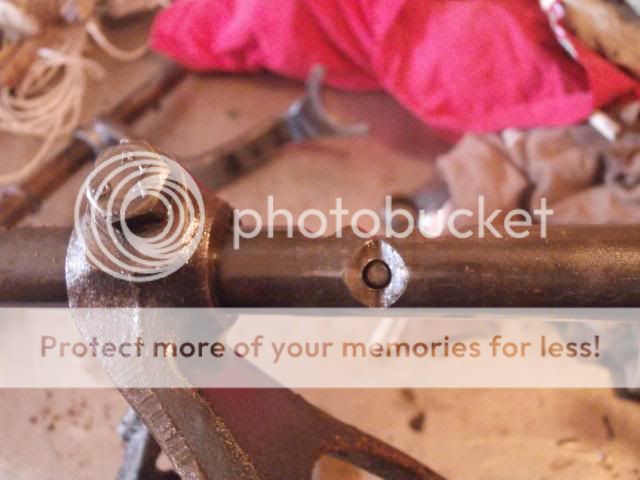
First selector
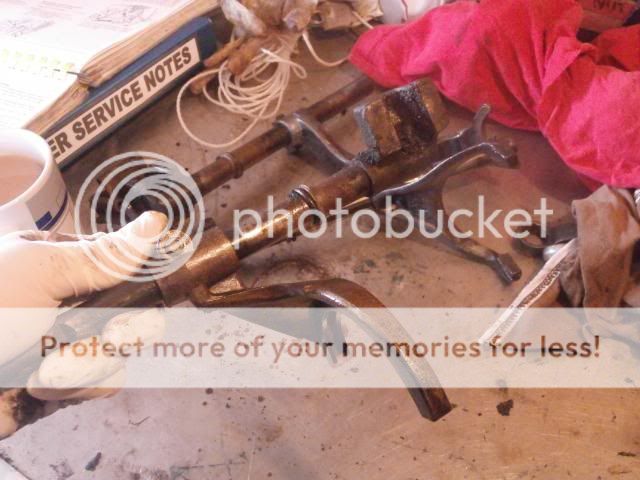
Revealing the mainshaft
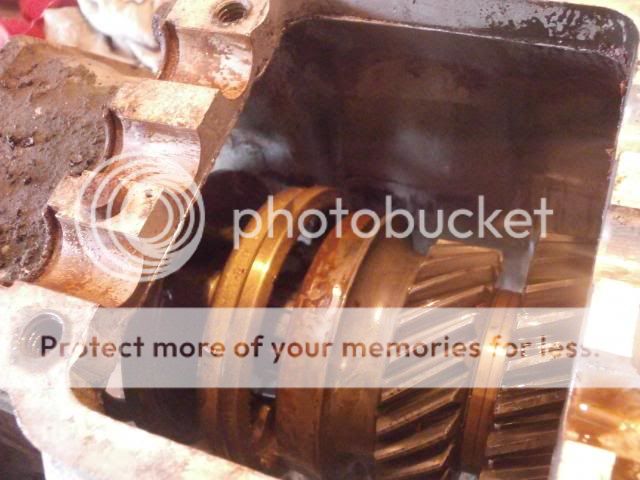
The bearing slides off the mainshaft

As does the 3rd/ 4th synchro hub
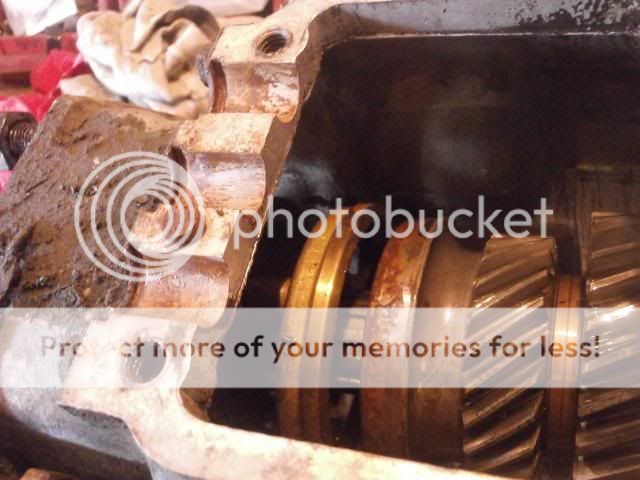
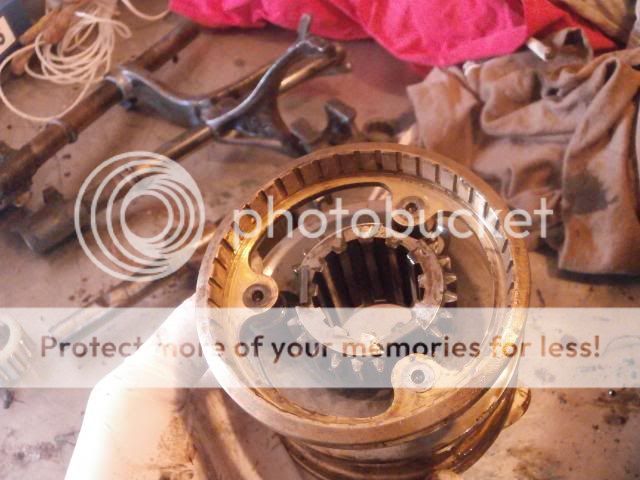
Mine doesnt look bad at all aoart from its missing a leaf spring (which I found in the bottom of the box)

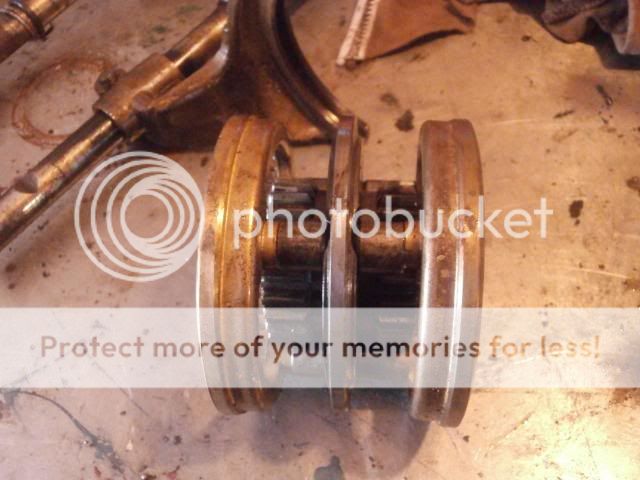
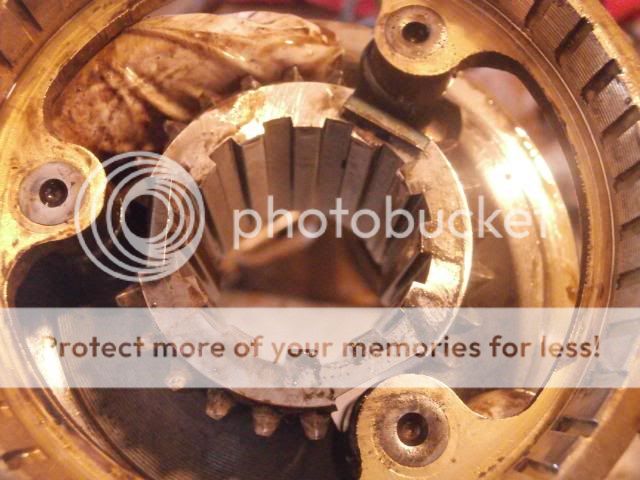
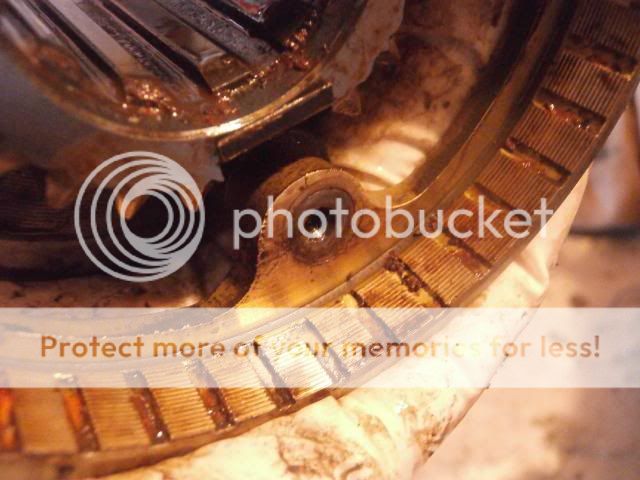
Before drifting the mainshaft out, I decided to take the transfer box out to make everything a more manageable size
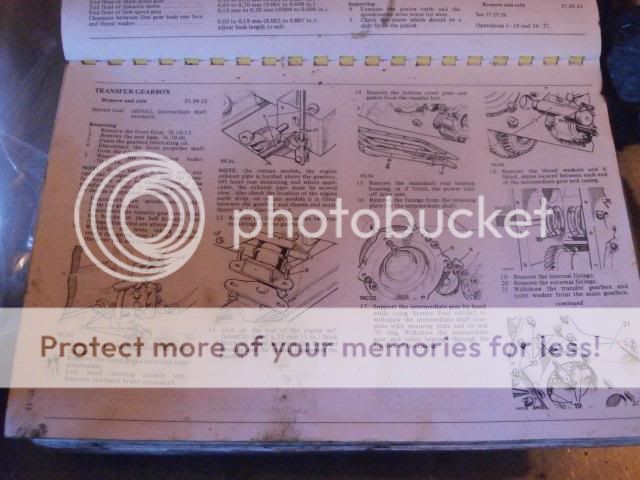
Before starting this the brake back plate needs removing. Take out the split pin in the castle nut and undo the nut (I had to use an impact gun on this as it was tight and due to lack of rear mainshaft gear I cant put in gear)
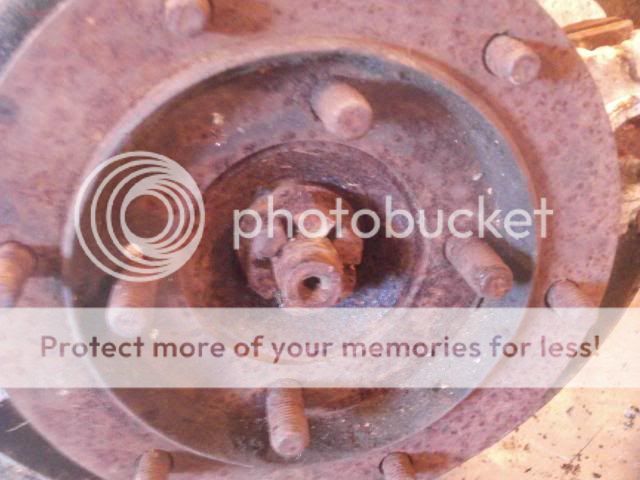
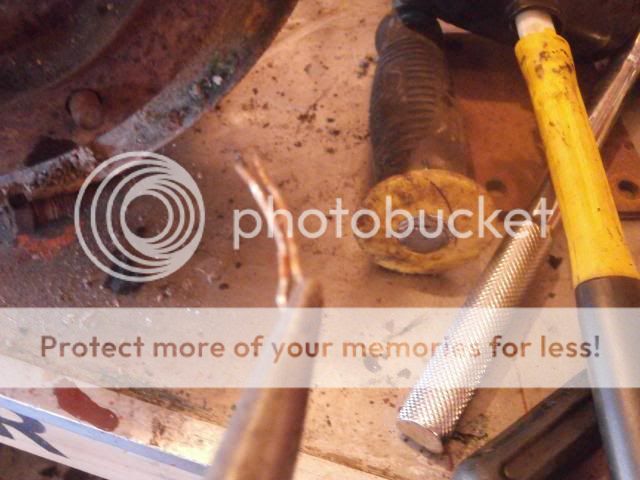
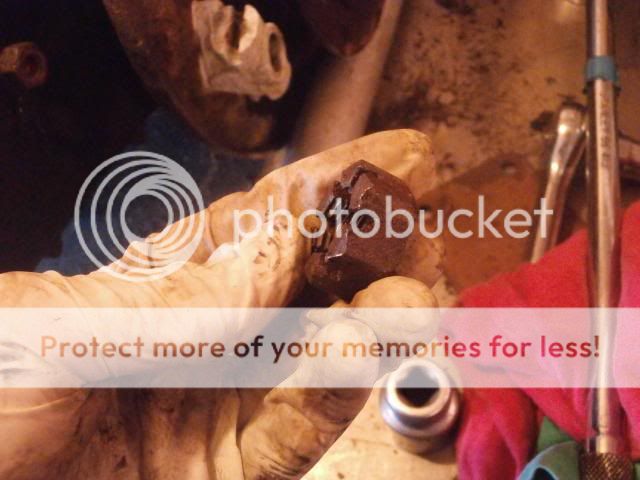
The rear output flange then just slides off
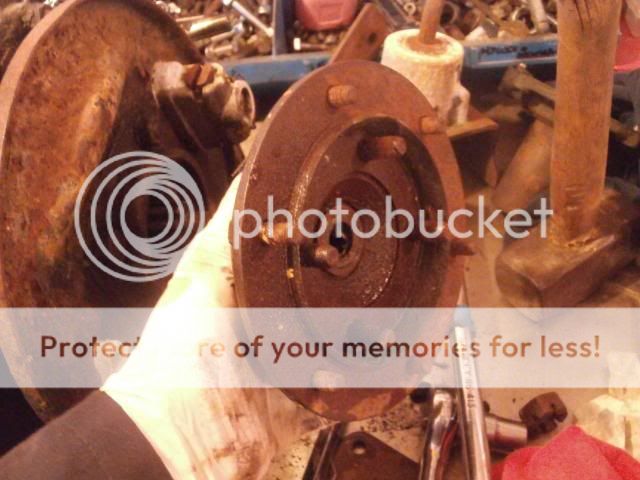
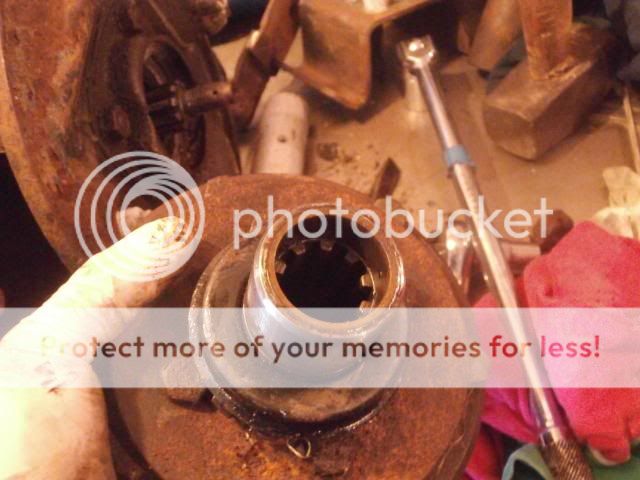
These 4 nuts holding the back plate to the speedo housing are next to be removed, again with a 5/16" whitworth spanner
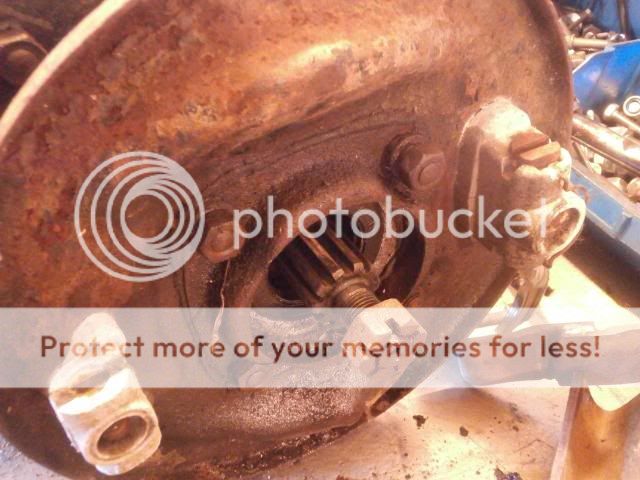
Once thats off, take off the retaining nut and bracket for the intermediate shaft, again 5/16" whitworth

Using a pry bar, you can withdraw the shaft

Before taking it out fully, take off the bottom plate (check theres no oil in it first though, I forgot so ended up with a workbench covered in old EP90

)
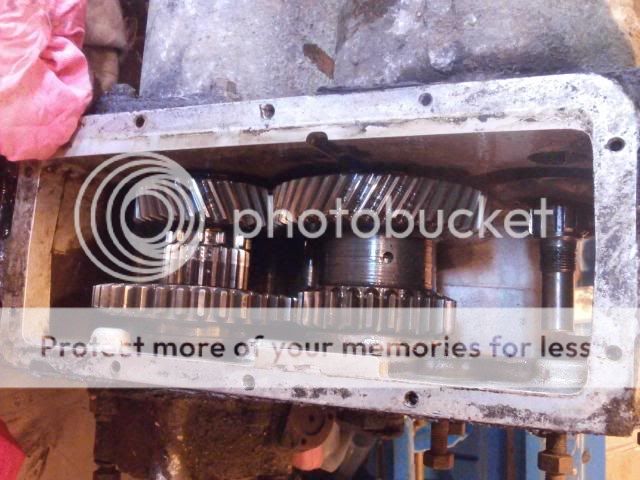
The shaft can now be withdrawn whilst you support the intermediate gear cluster
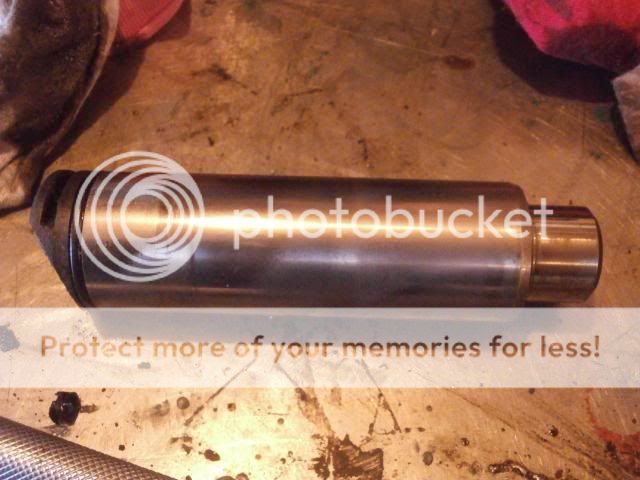
The cluster can now be rolled out the box
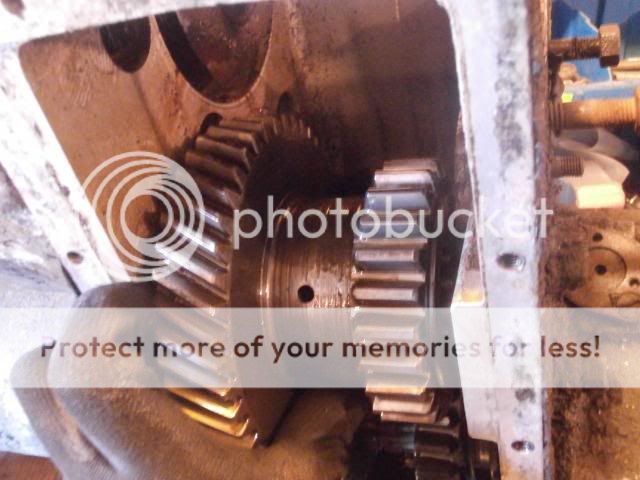
Revealing the thrust washers either side
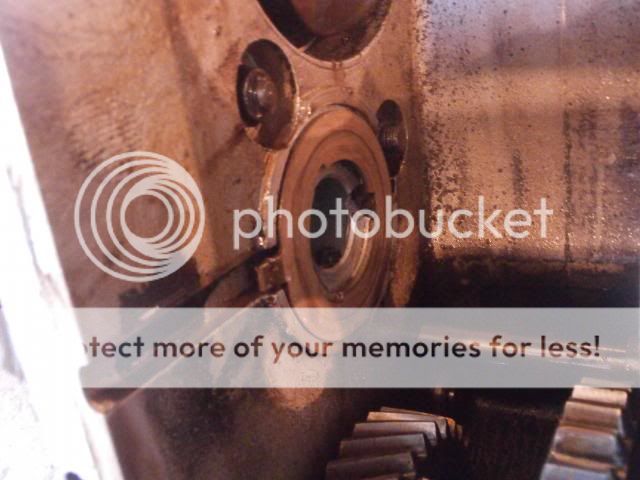
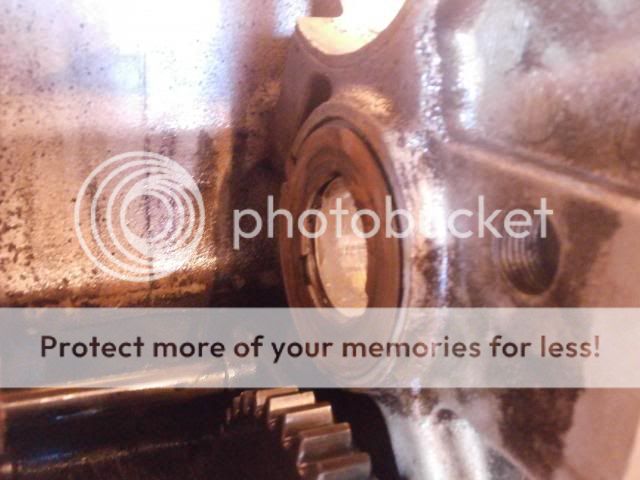
They're a bit worn so will get new ones
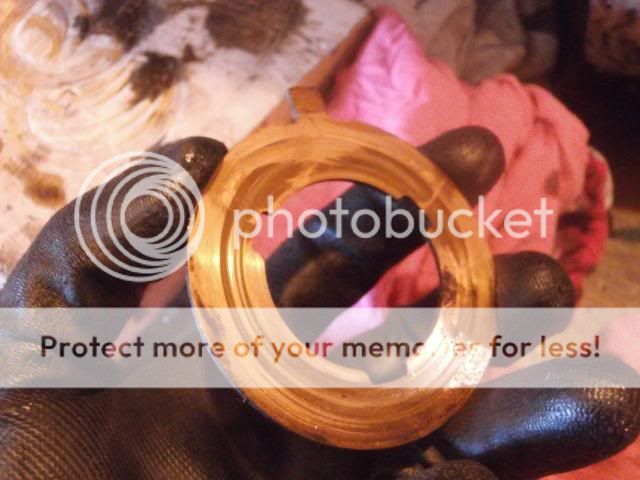
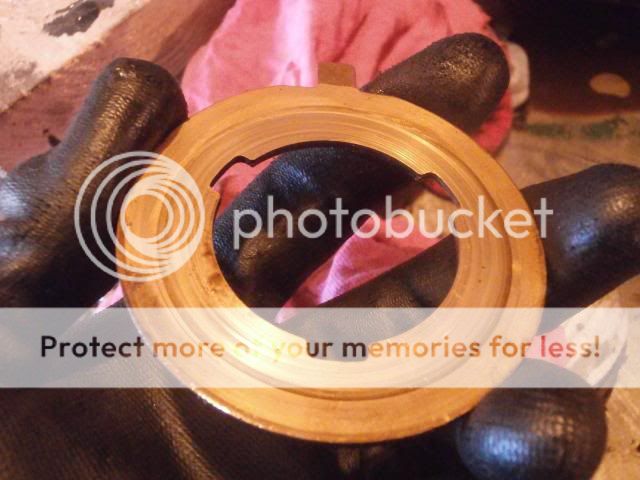
Gears look good
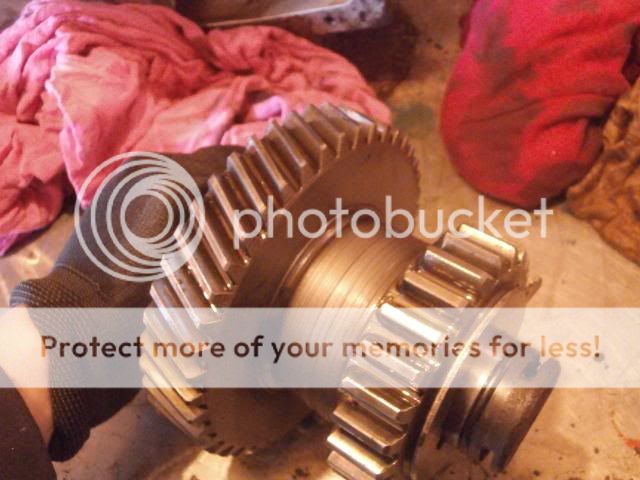
With that out of the way, the fastenings holding the gearbox to the transfer box can be removed (using you guessed it, a 5/16" whitworth socket)
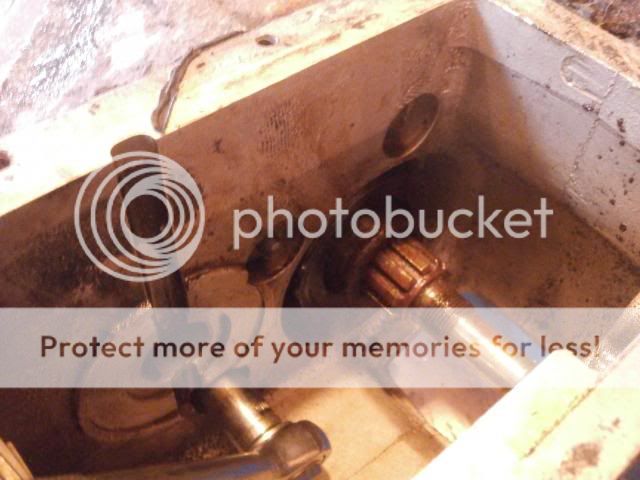
Next the external fastenings were removed
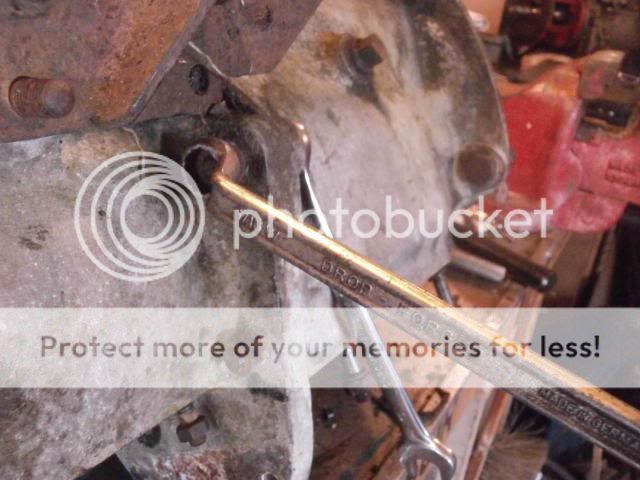
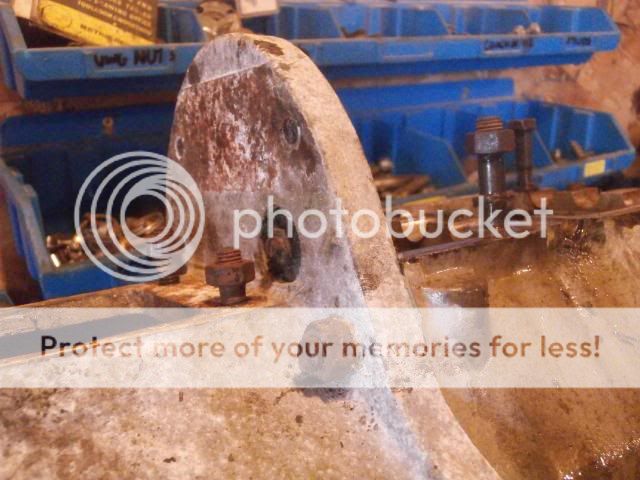
Allowing the boxes to be split
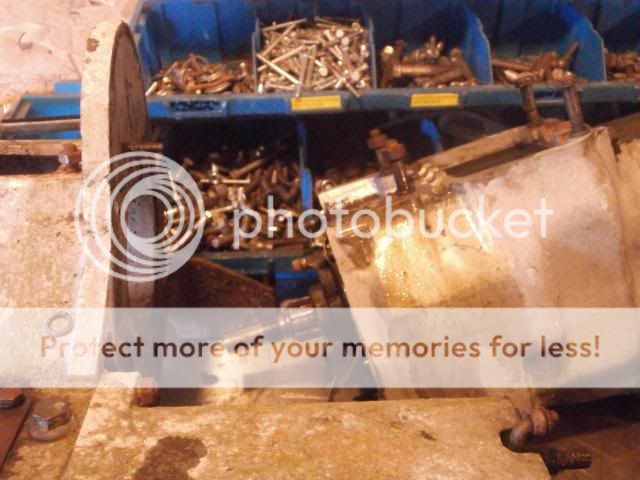
With the transfer box out of the way, it was now time to remove the mainshaft.

First task is to remove the mahoosive circlip holding the housing in place
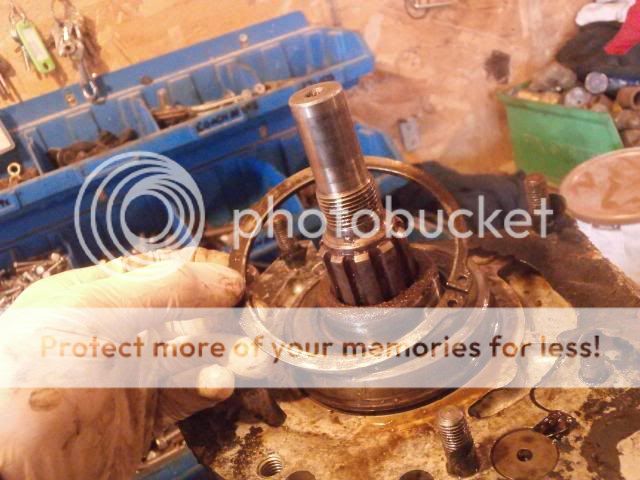
Then the mainshaft can be drifted downwards and out of the box (support the casing on bits of wood to give the shaft more room to come out the box)
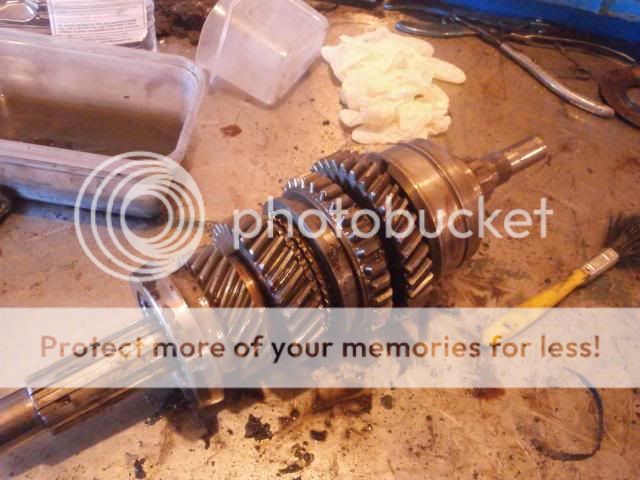
Little bit of surface rust on one or 2 components but not bad
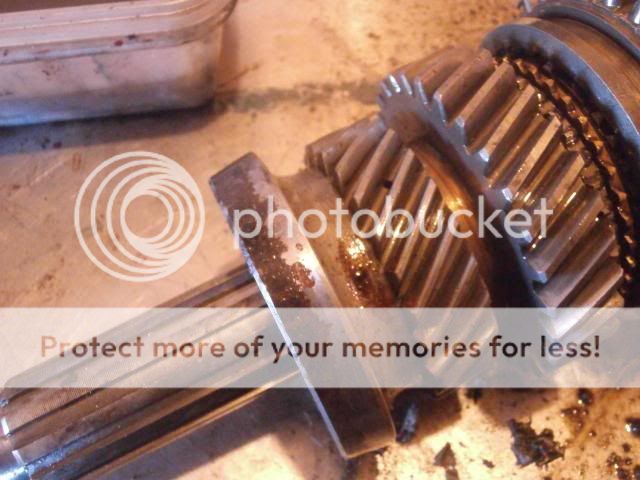
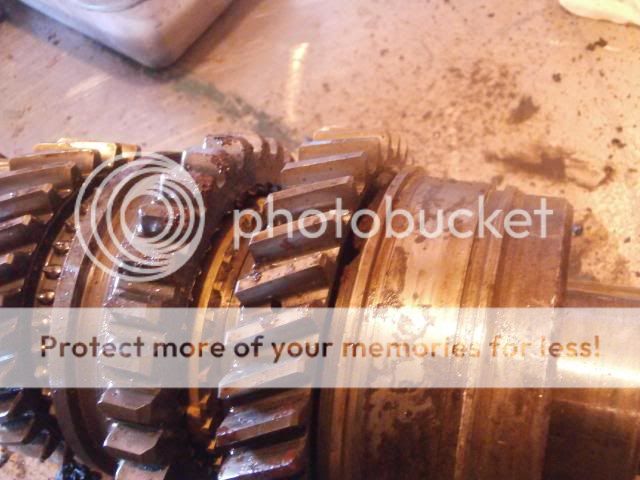
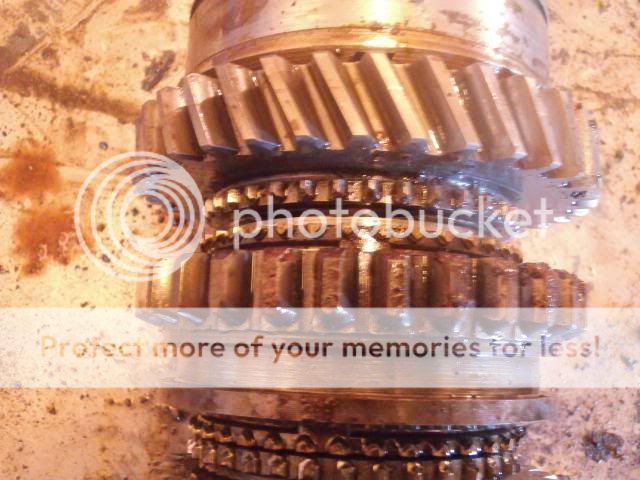
No chips on the teeth at all which is something
Next up is splitting the transfer box and front output shaft housing
First remove the cover plate using a 1/2" spanner
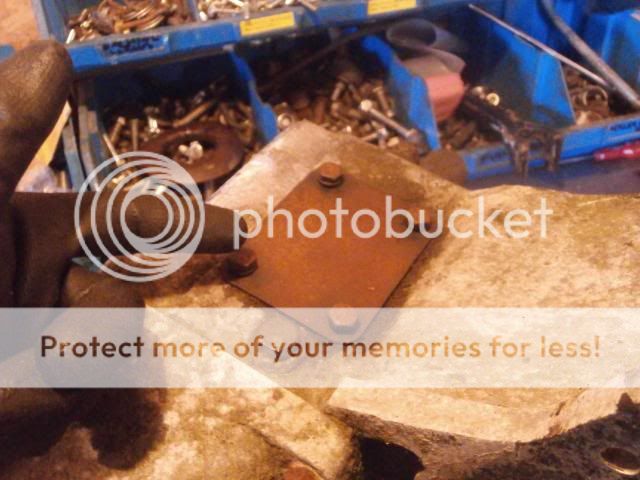
Then remove the Detent spring using a 5/16" whitworth
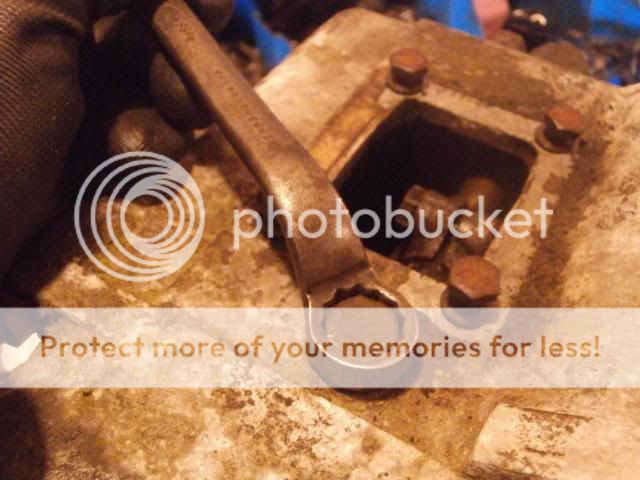
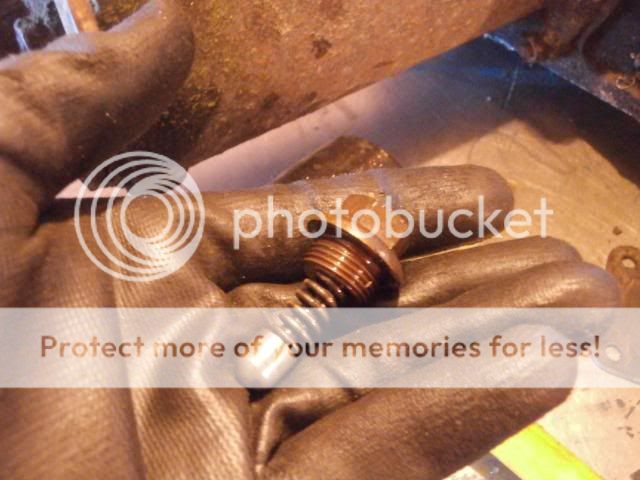
Remove the transfer selector fork pinch bolt using a 1/4" whitworth spanner
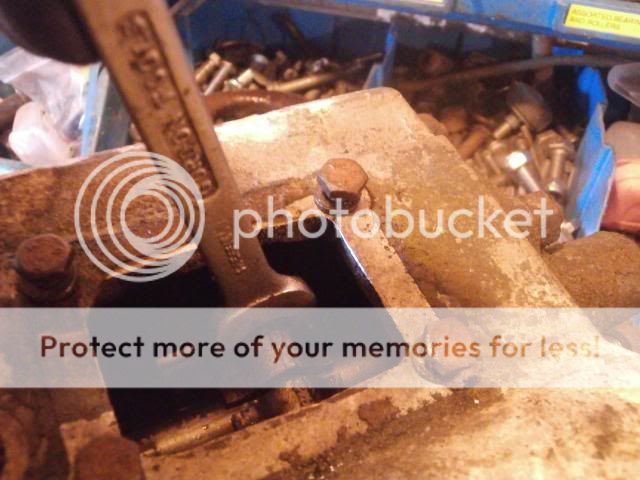
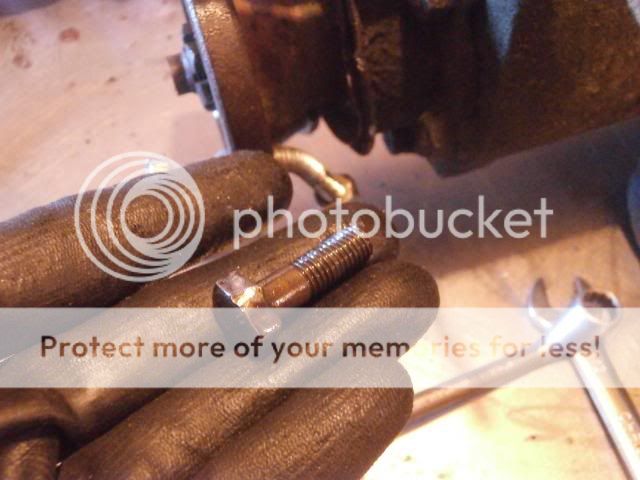
Next remove the fixings holding the housing to the transfer main case
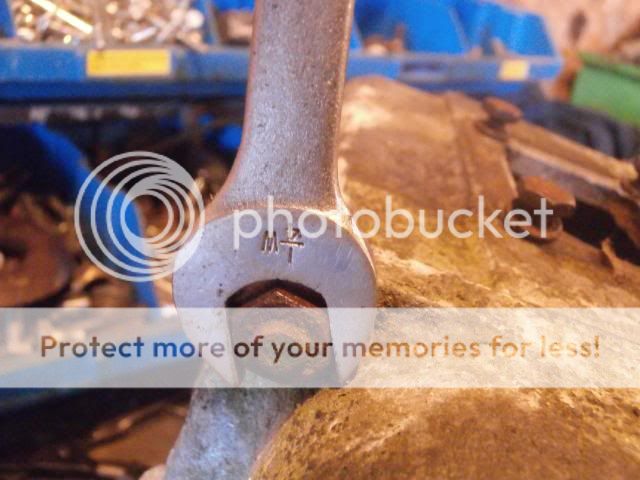
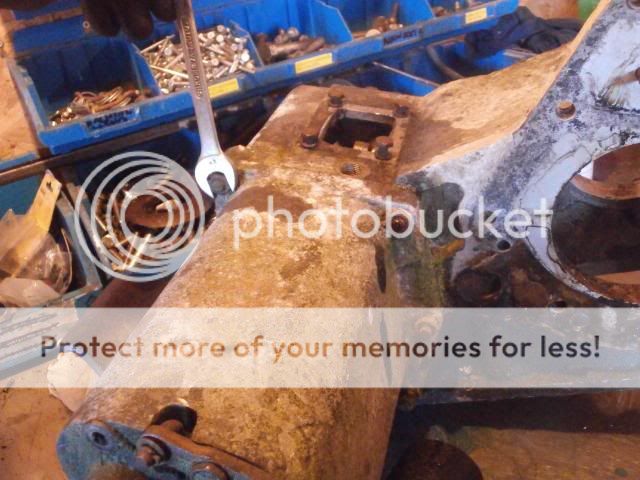
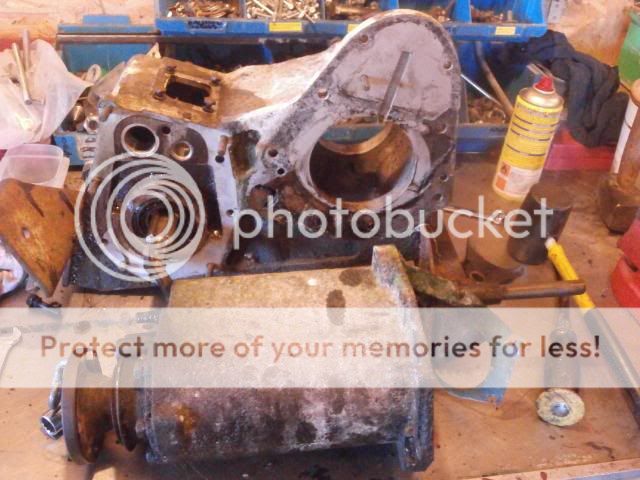
Once the output housing is free, remove the 4 wheel drive selector
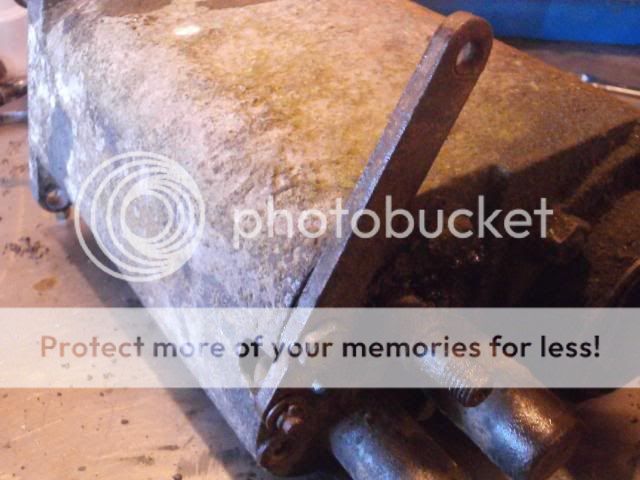
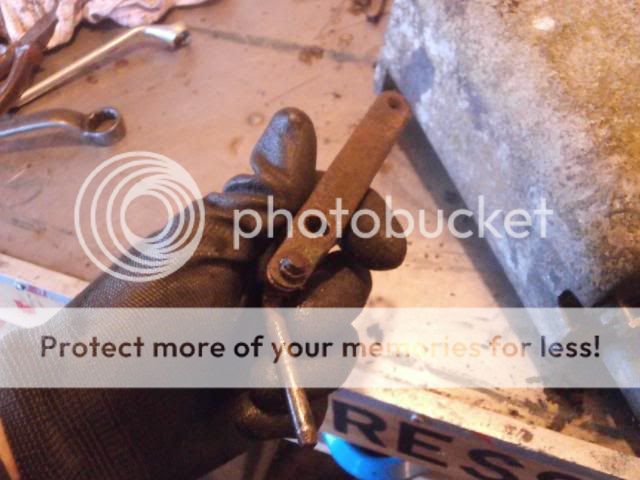
The dust cover can now be removed using a 3/16" whitworth spanner
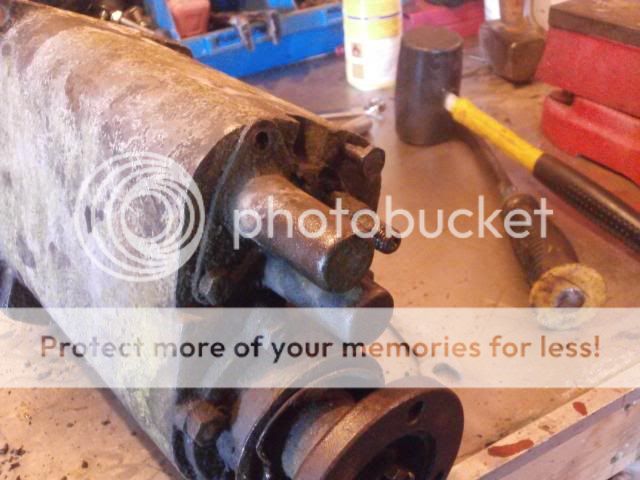
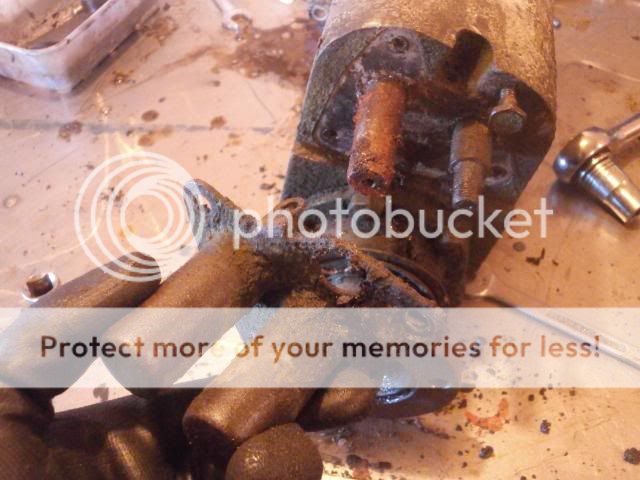
The shafts can then be drifted out gently
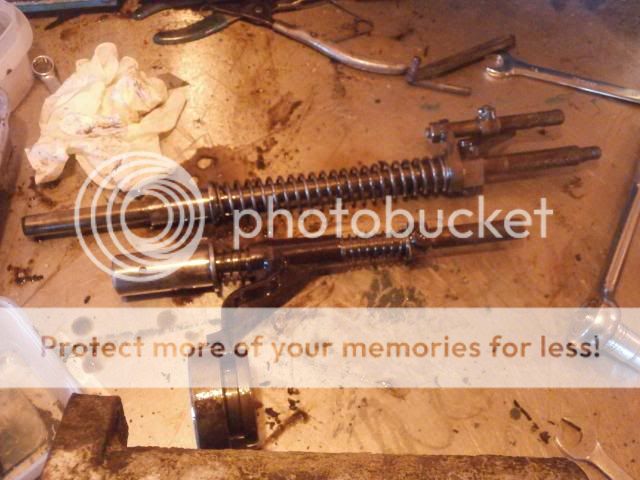
Next remove the front output flange, which is exactly the same process as the rear one
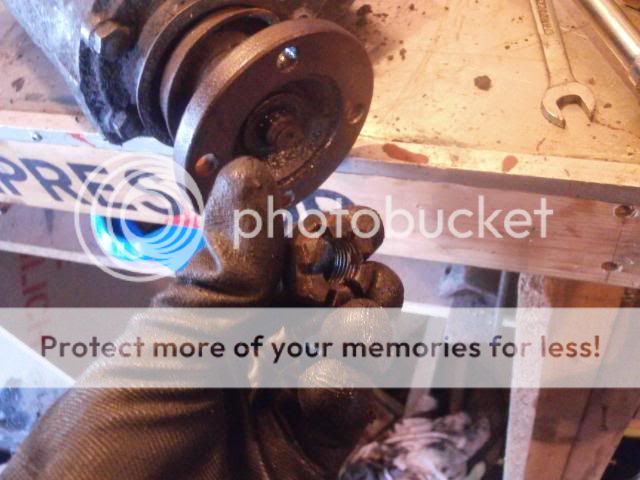
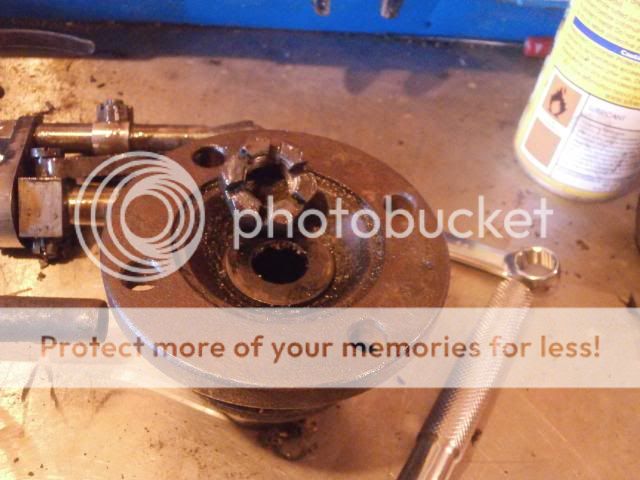
Revealing the oil seal housing
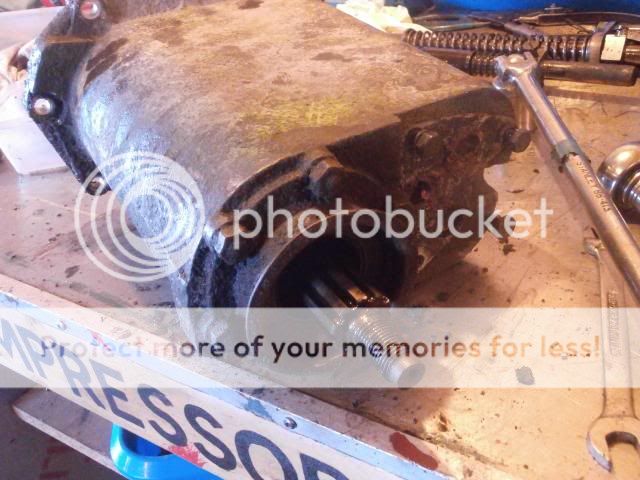
Which can be pulled off once the nuts are removed
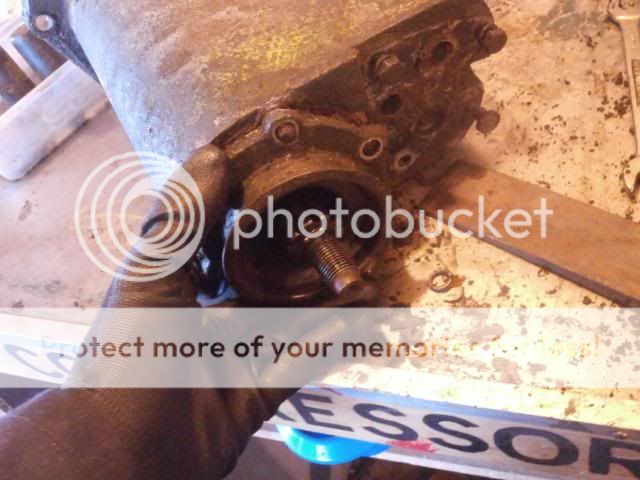
The output shaft can now be withdrawn
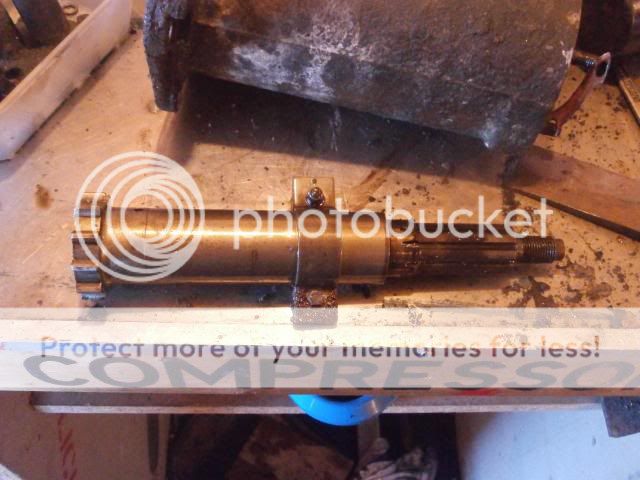
The bearing can now be drifted out. I used a 32mm socket on the end of a long extension bar as a drift for getting it out
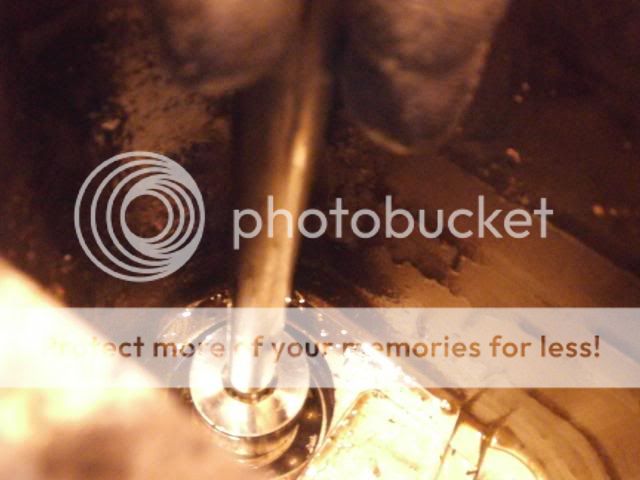
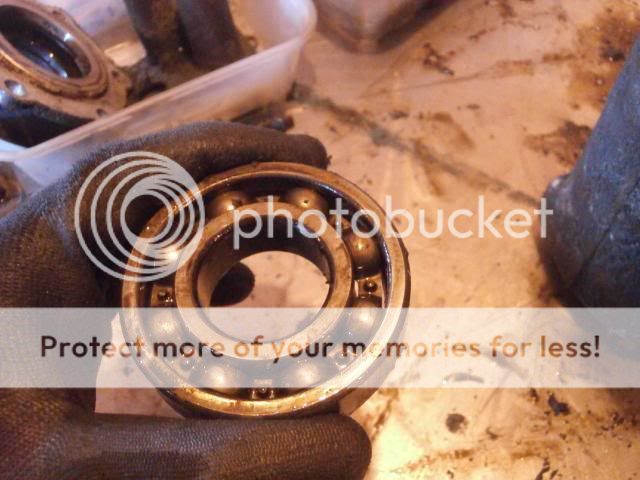
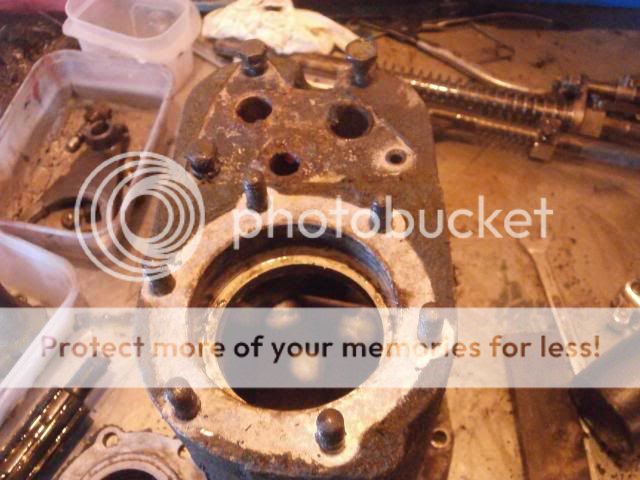
Now, as I have another spare output housing which was clean I decided to use that one
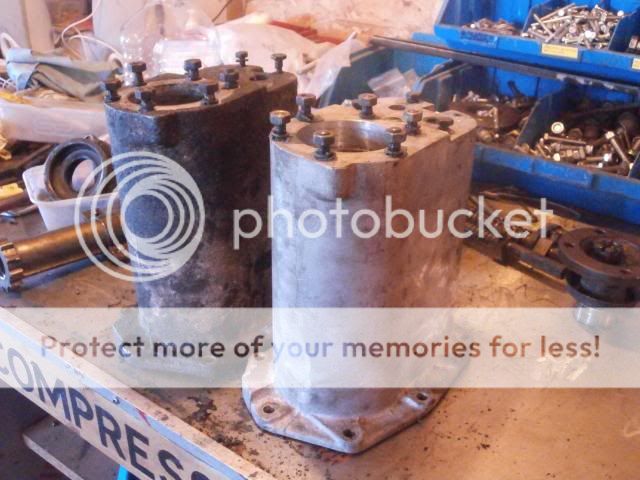

I decided to rebuild the output housing as I have all the bits required to do it
The bearing was greased and pressed in the housing using the trusty old fly press
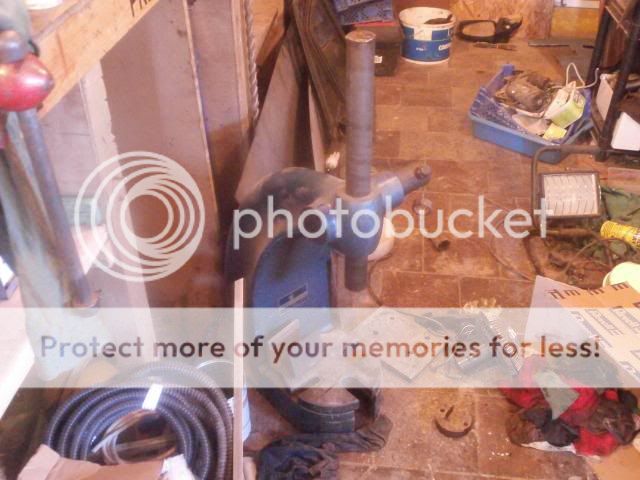

A gasket was then made for the oil seal housing (using the old one as a pattern)

The old oil seal was then prised out (put the housing pointing down in the vice, flanges resting on the jaws and punched the seal out)
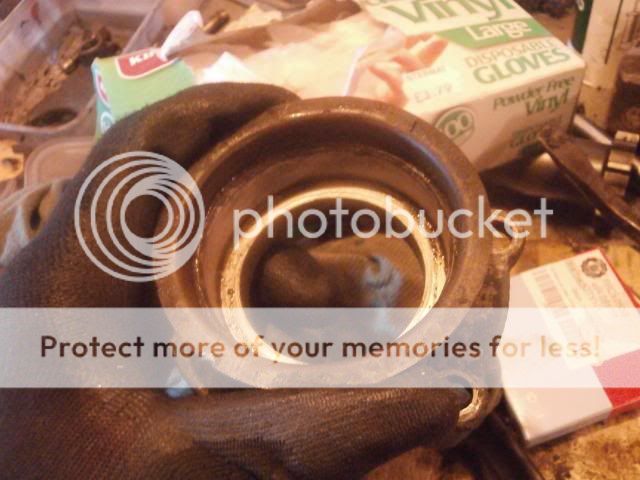

The new seal
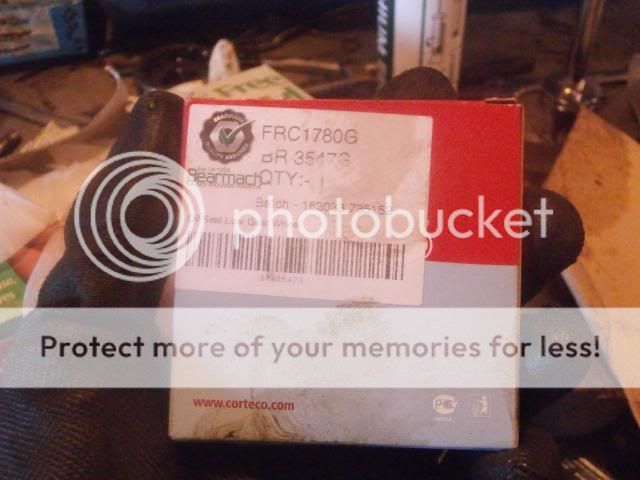
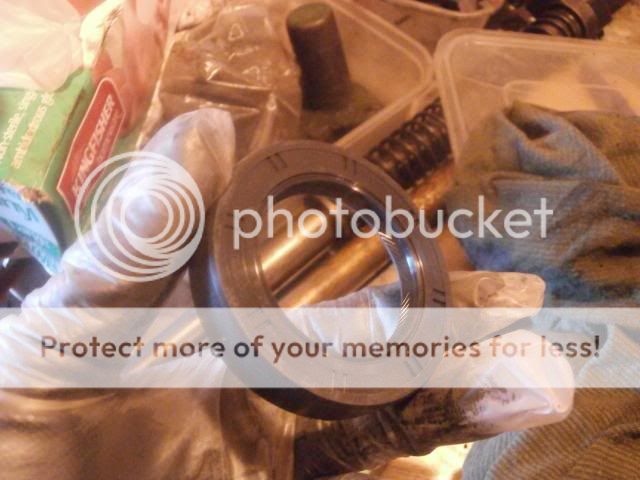
Smear the outside of the seal with hylomar blue
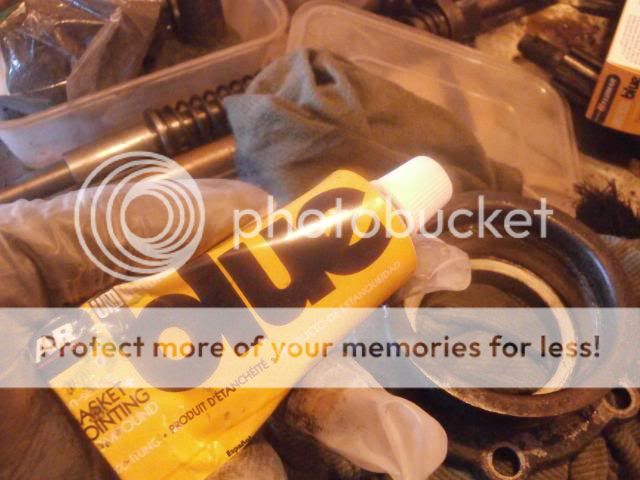
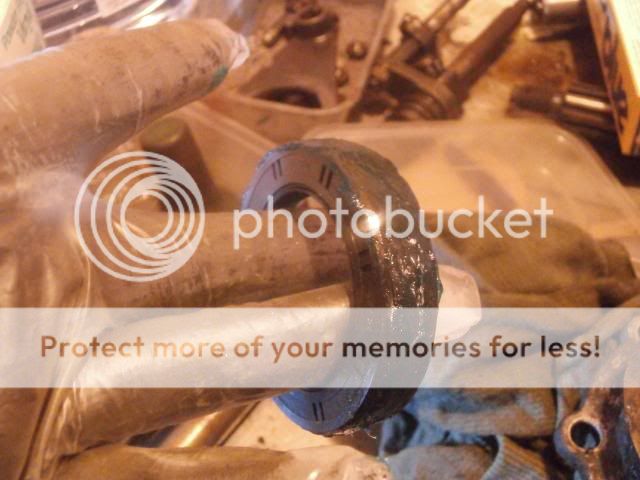
Press the seal in place, I like to put a smear of grease on the lip to lubricate whatever gets pushed through it.
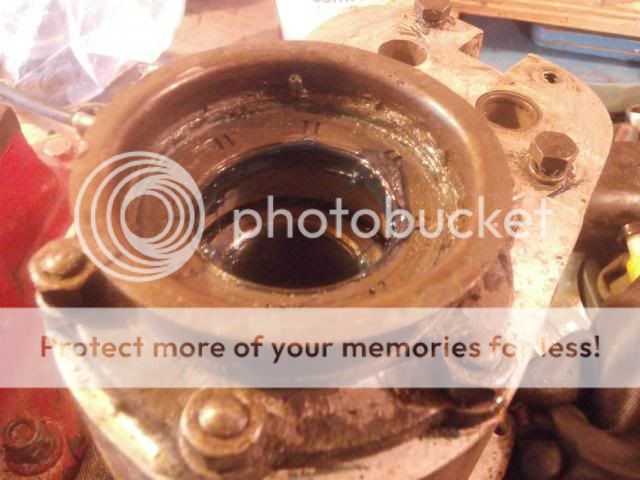
The housing can then be bolted back on with the gasket and a smear of hylomar either side
The front output shaft can be then put in place again. The flange can then be slid on, this is a spare one I have, the mud shield on the other one was a bit mis-shapen
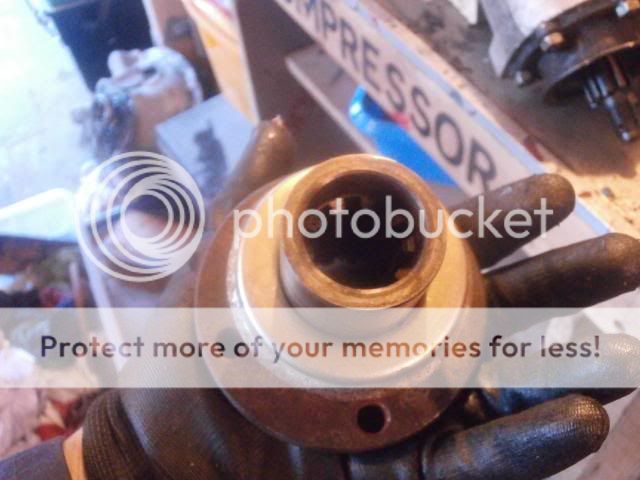
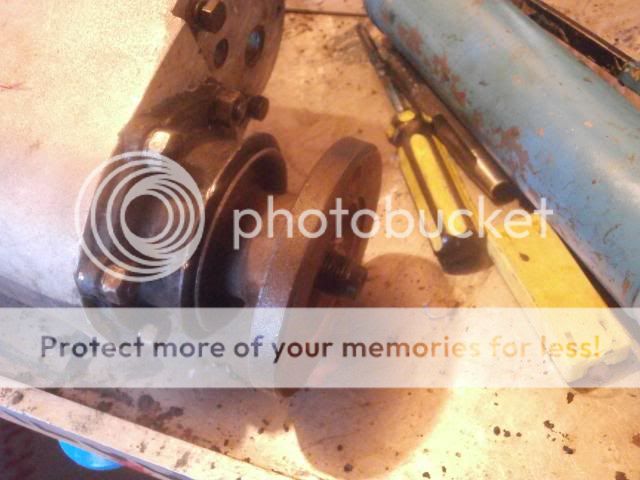
Washer in place
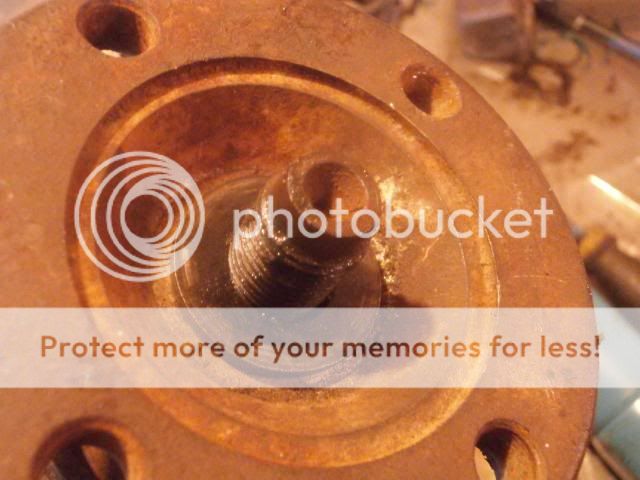
The nut is then put in place and torqued up to 85 lb/ ft
Tomorrows job is selector shafts and strip down the transfer box I think
